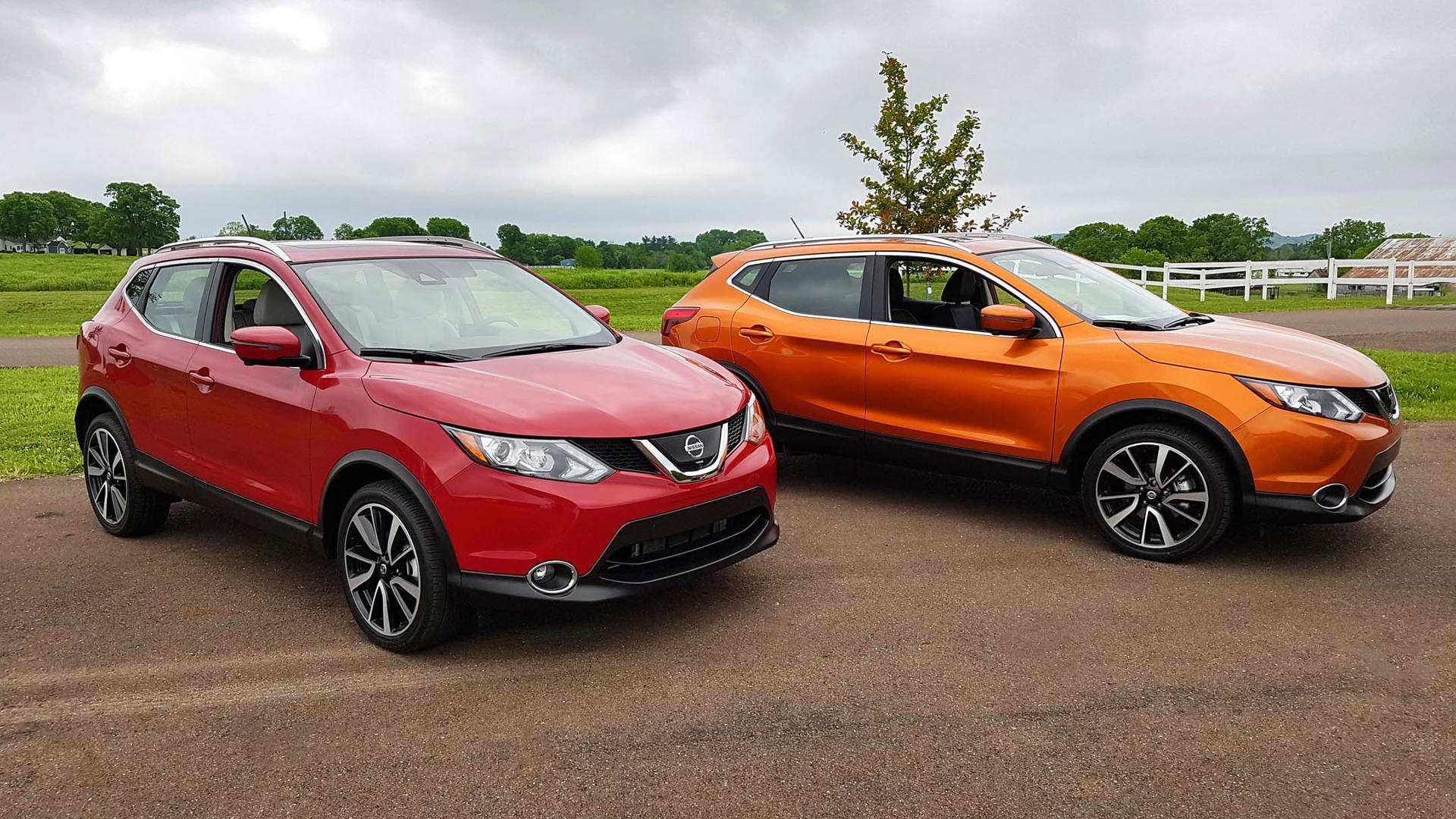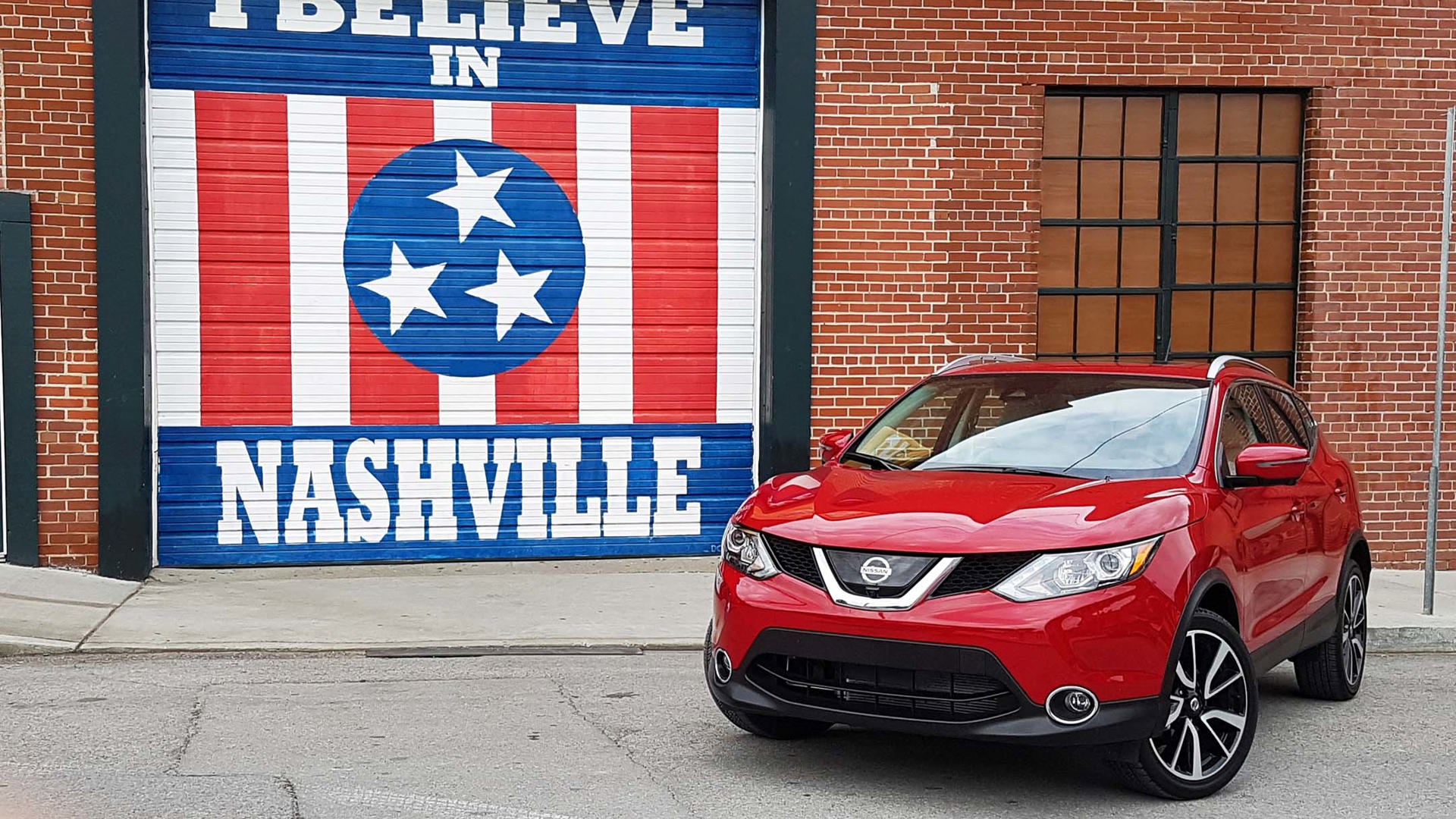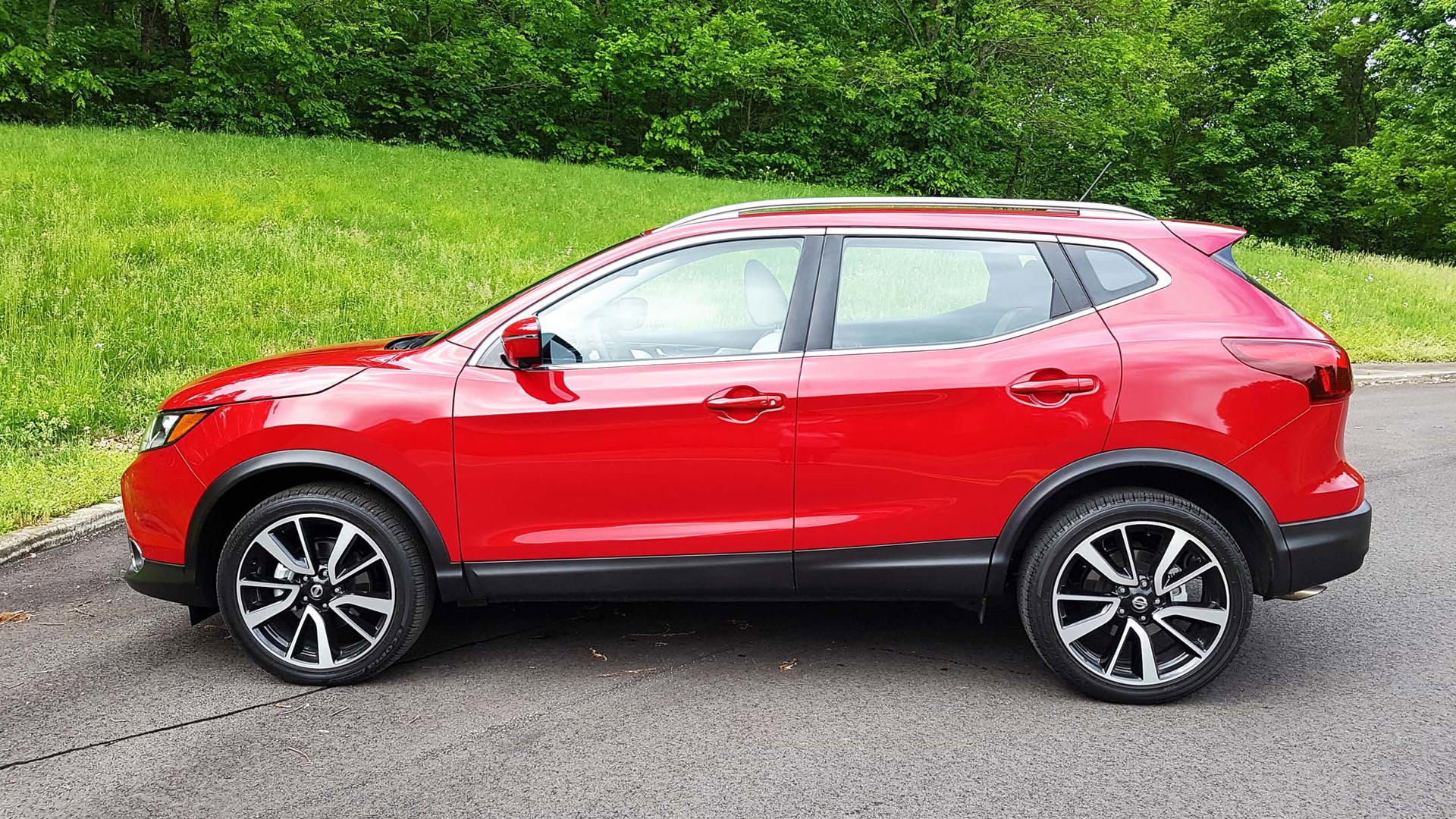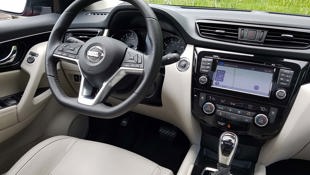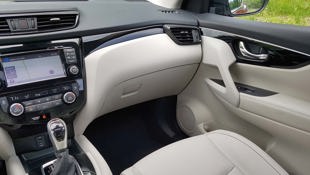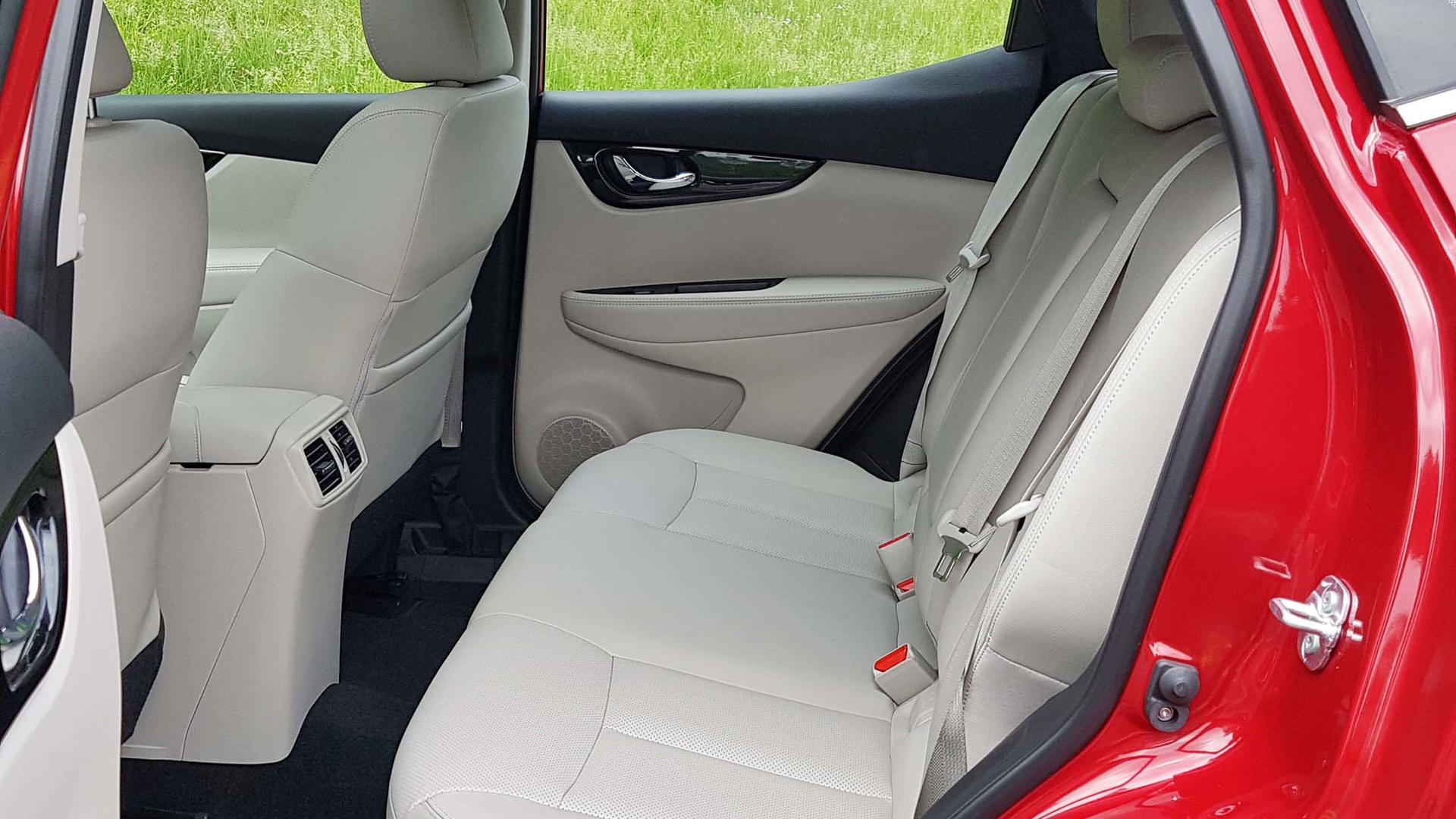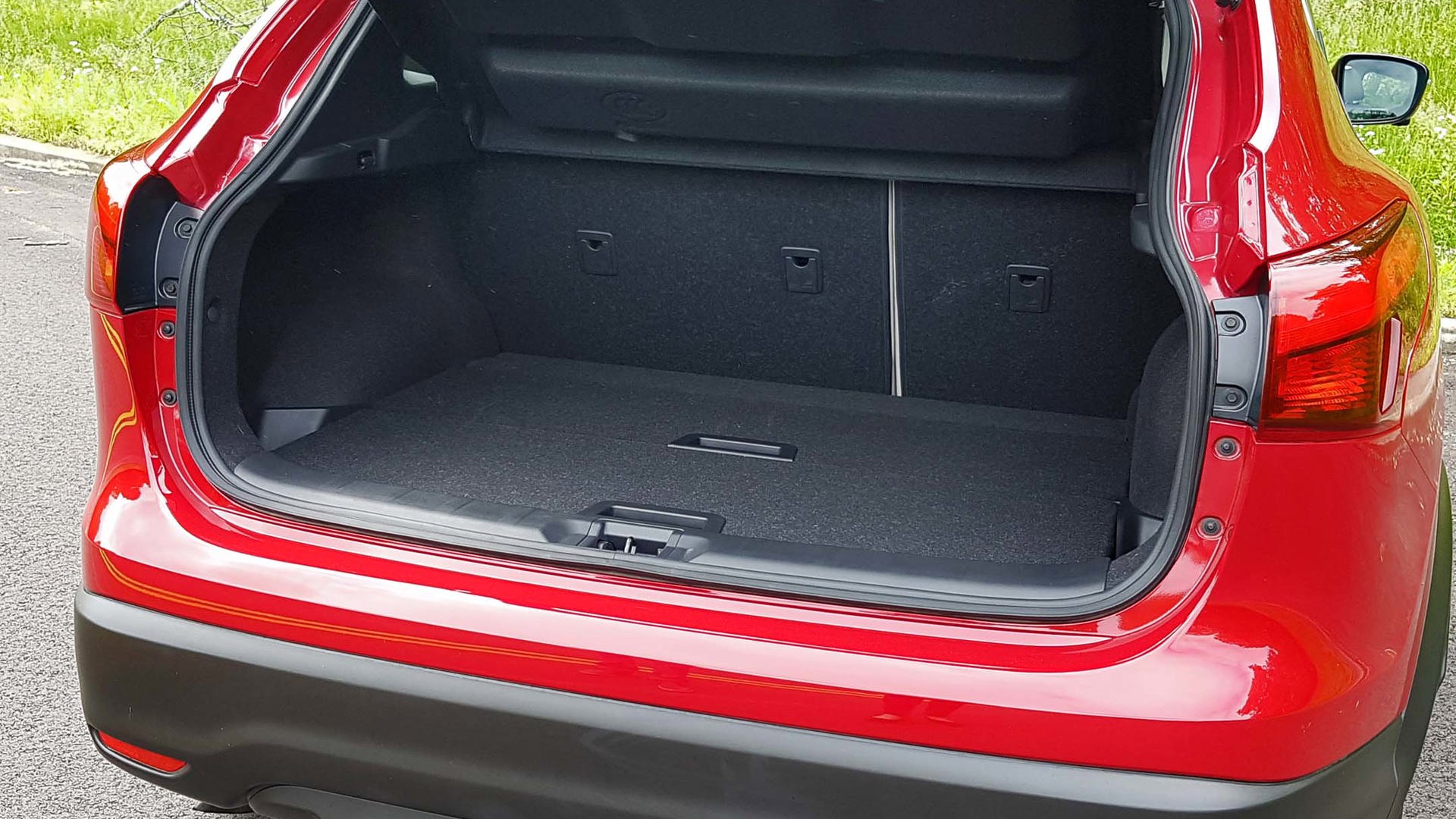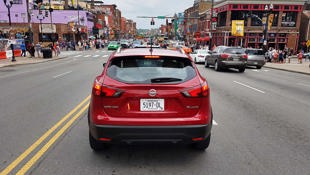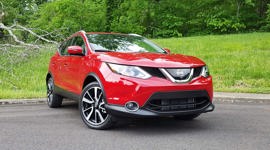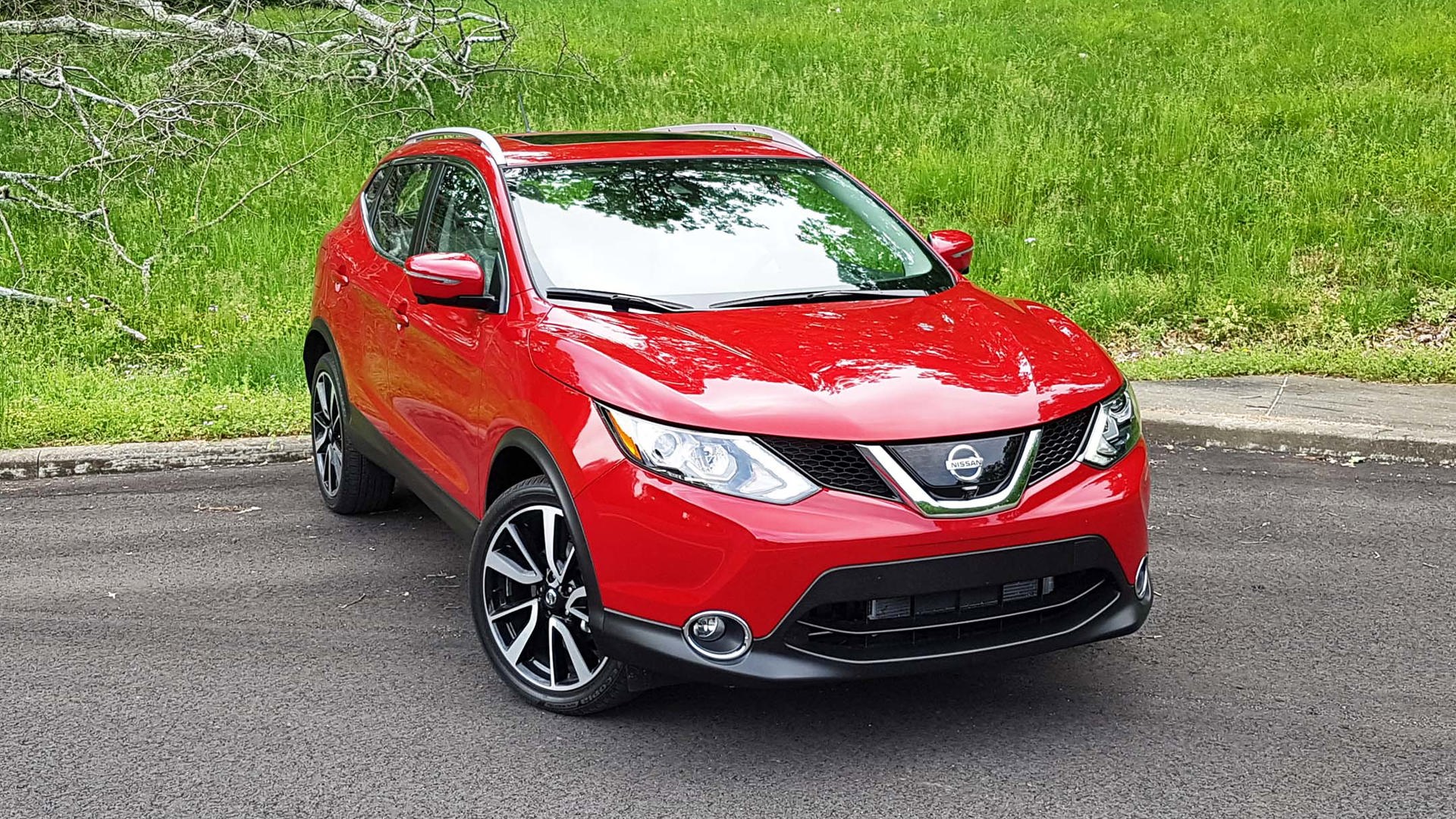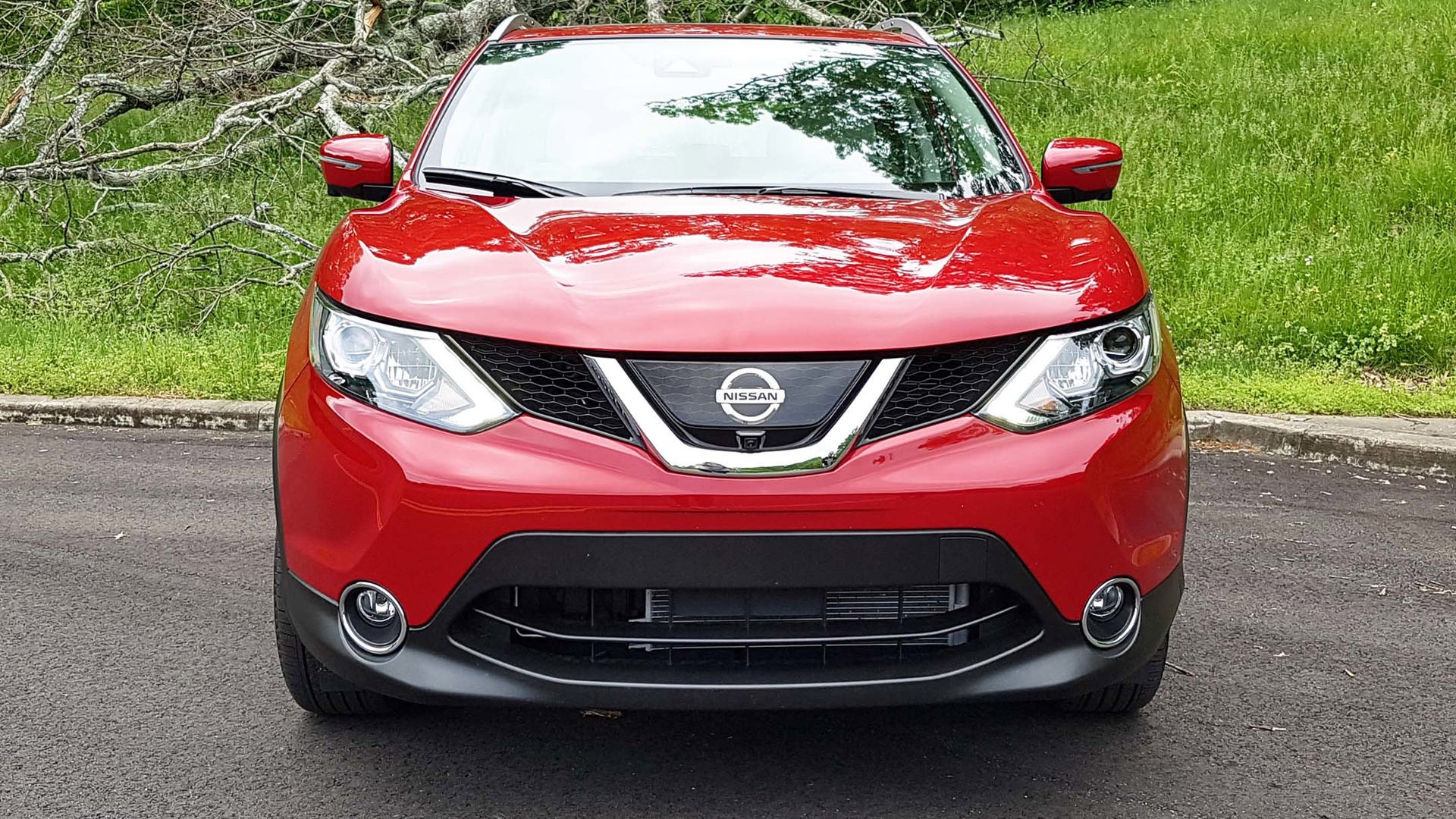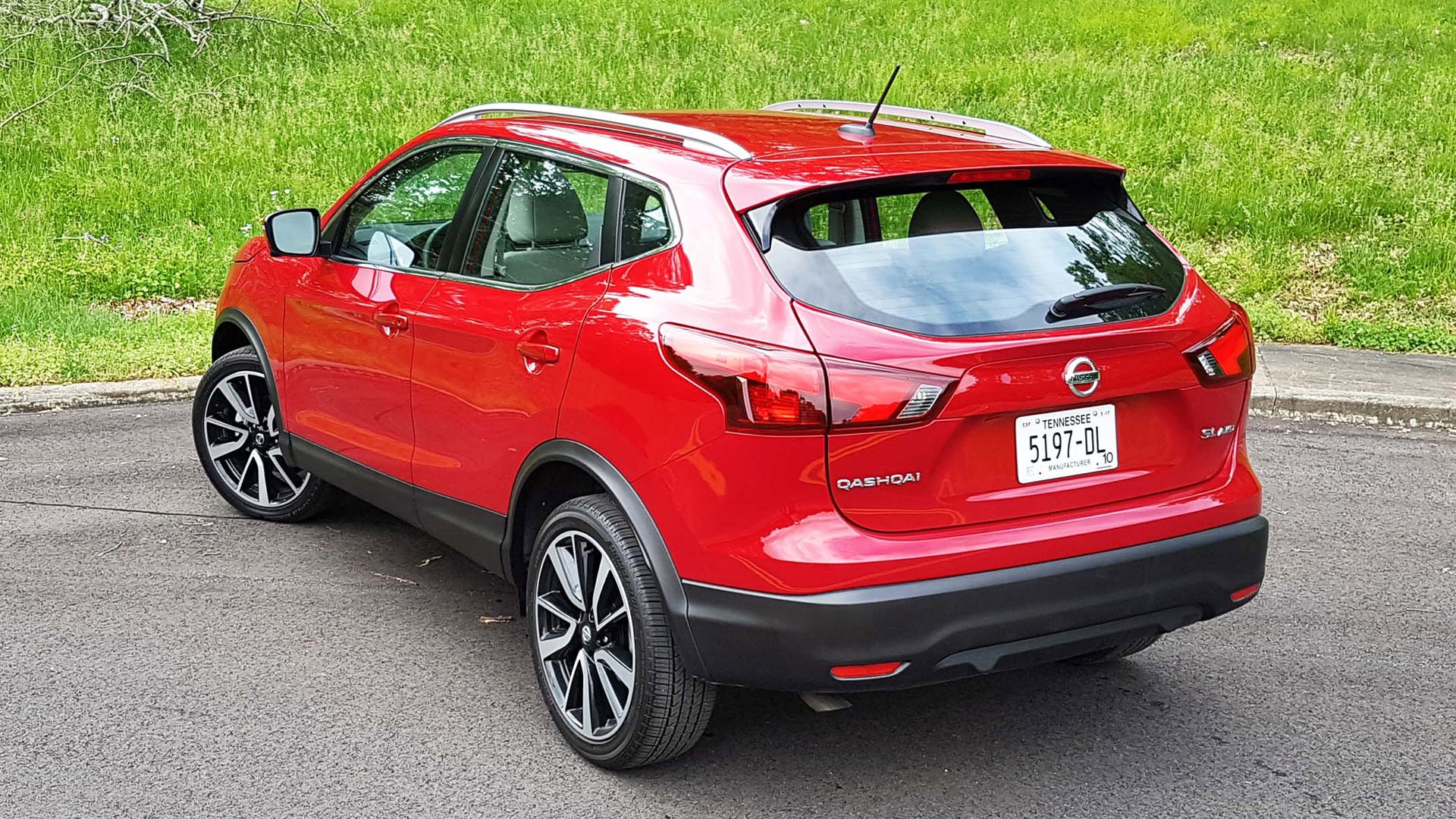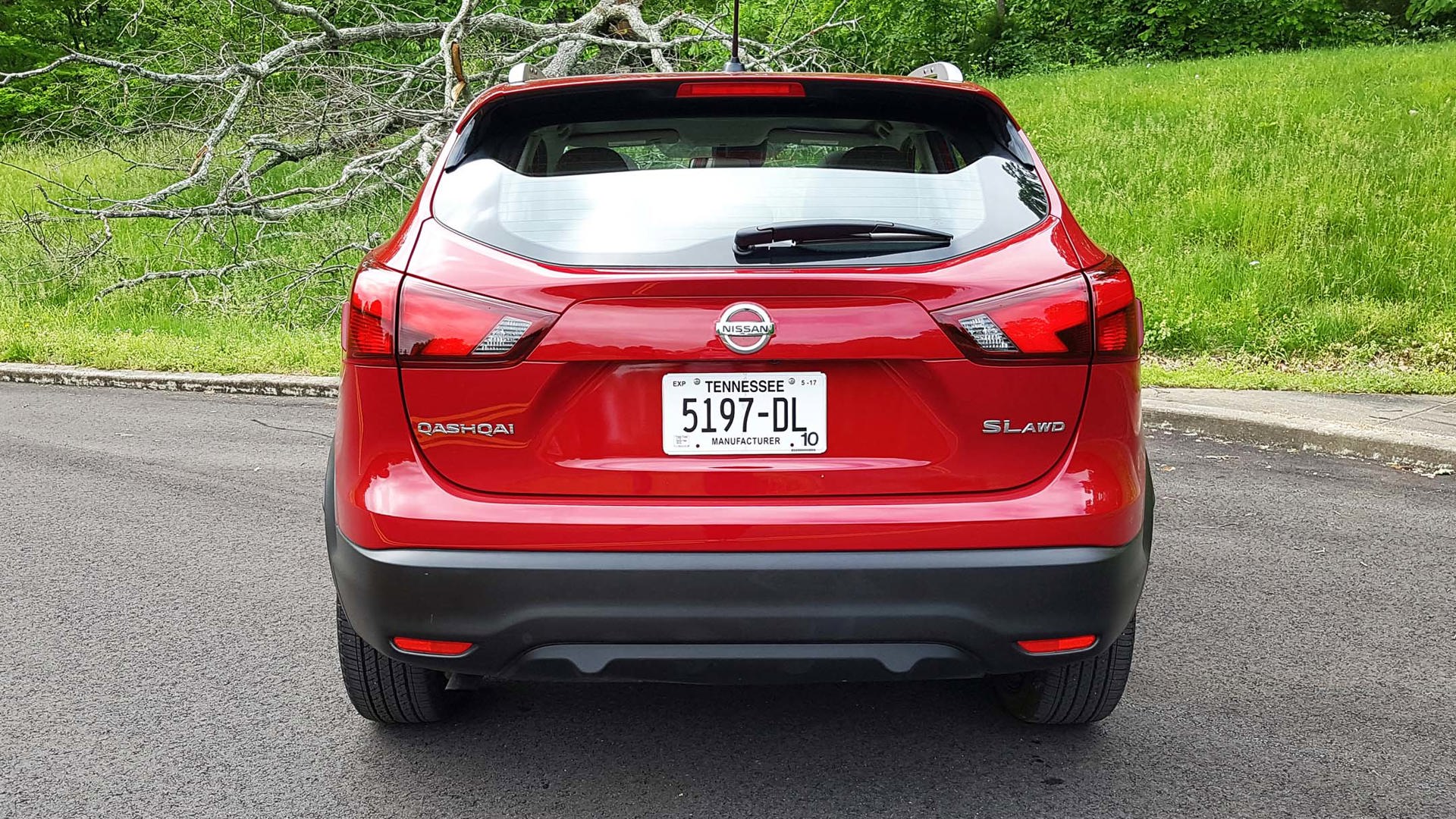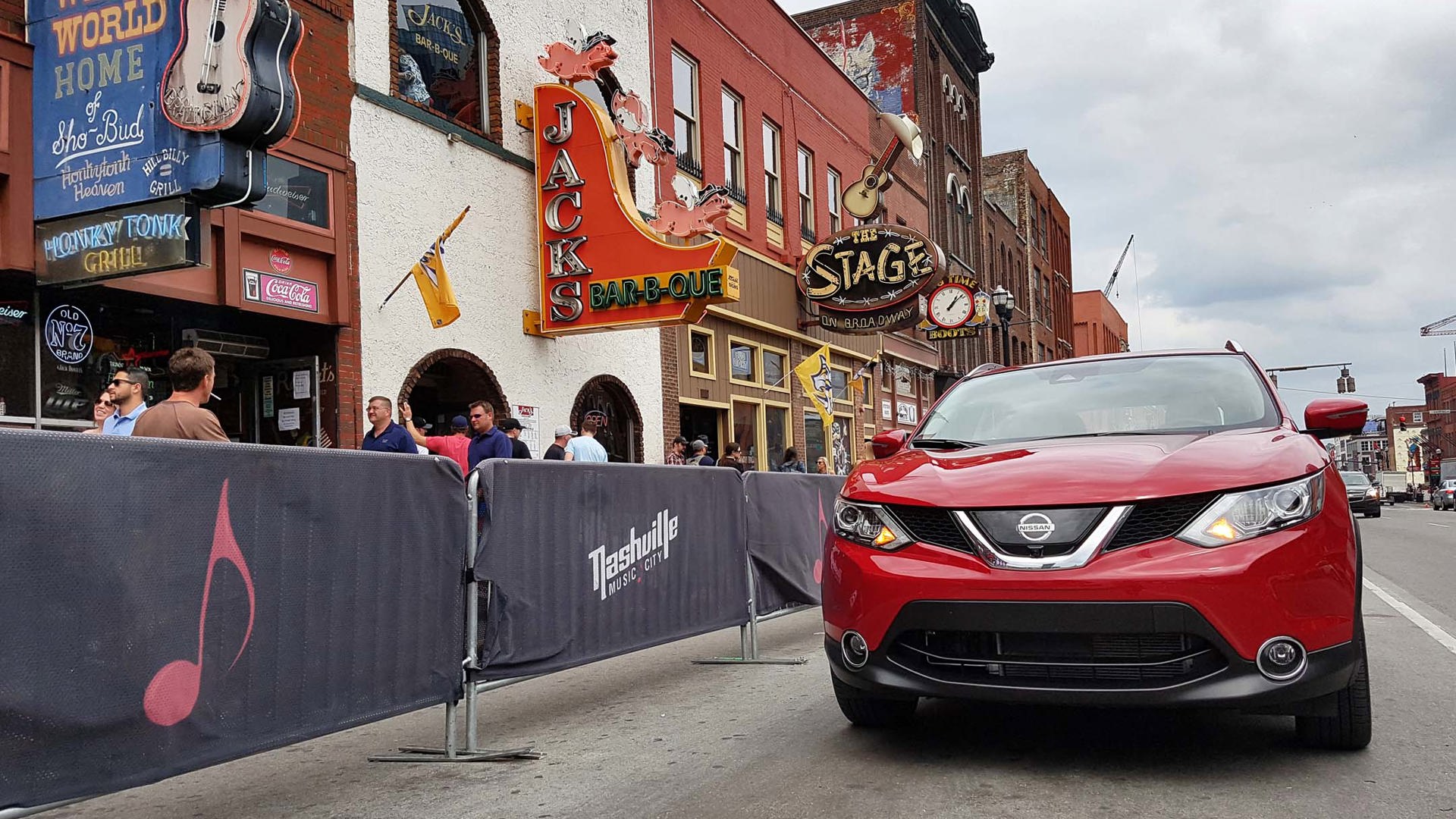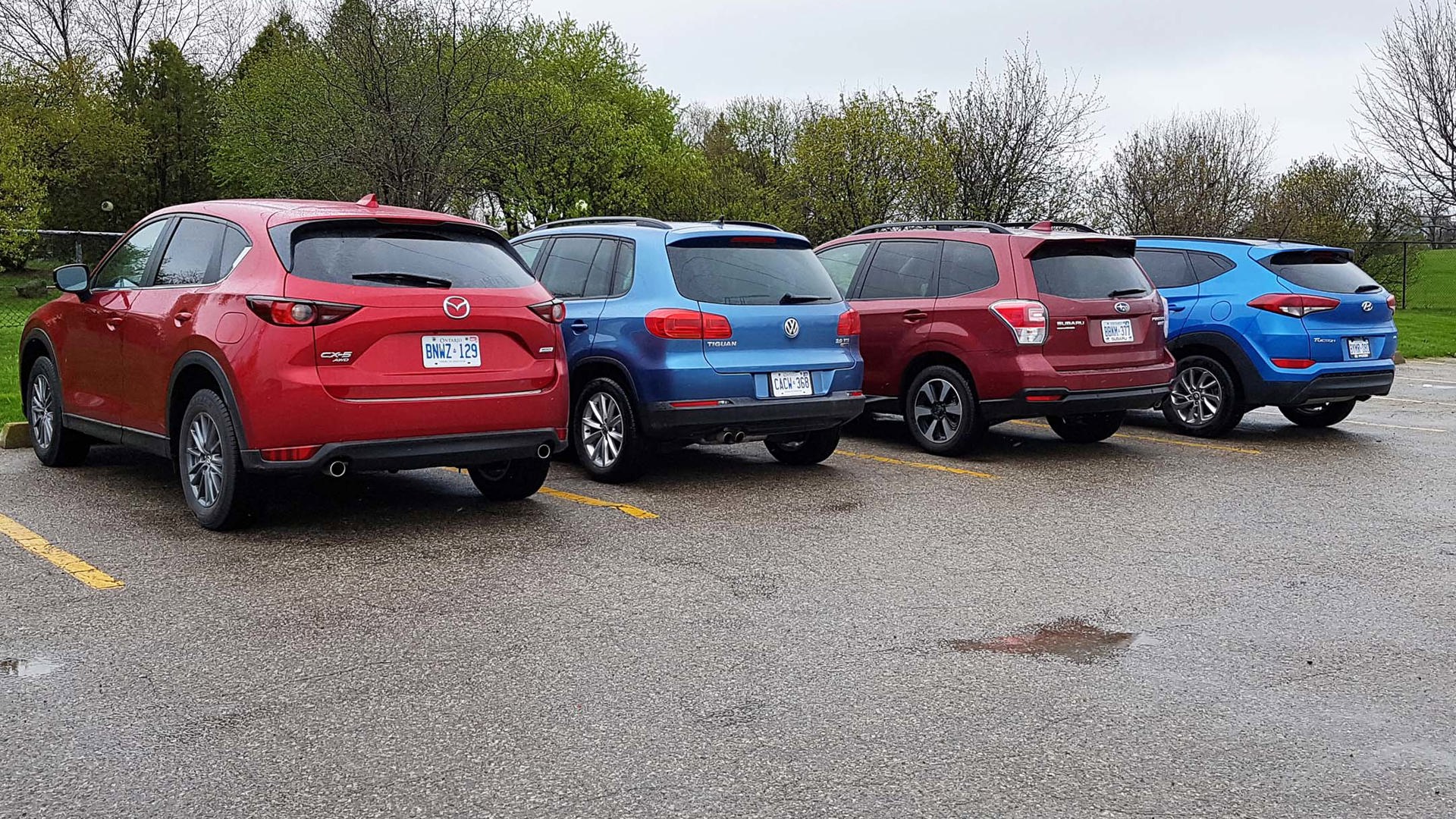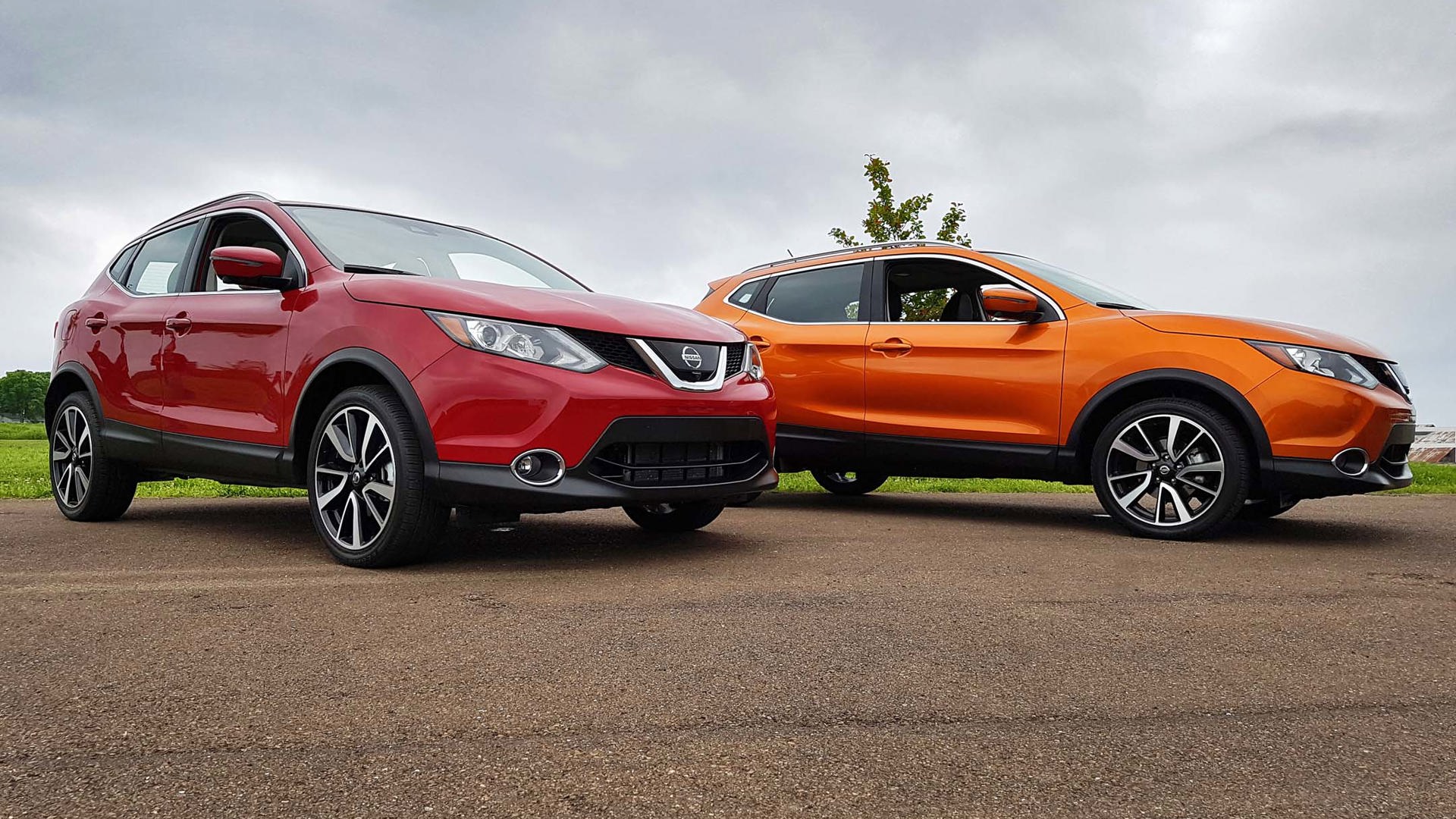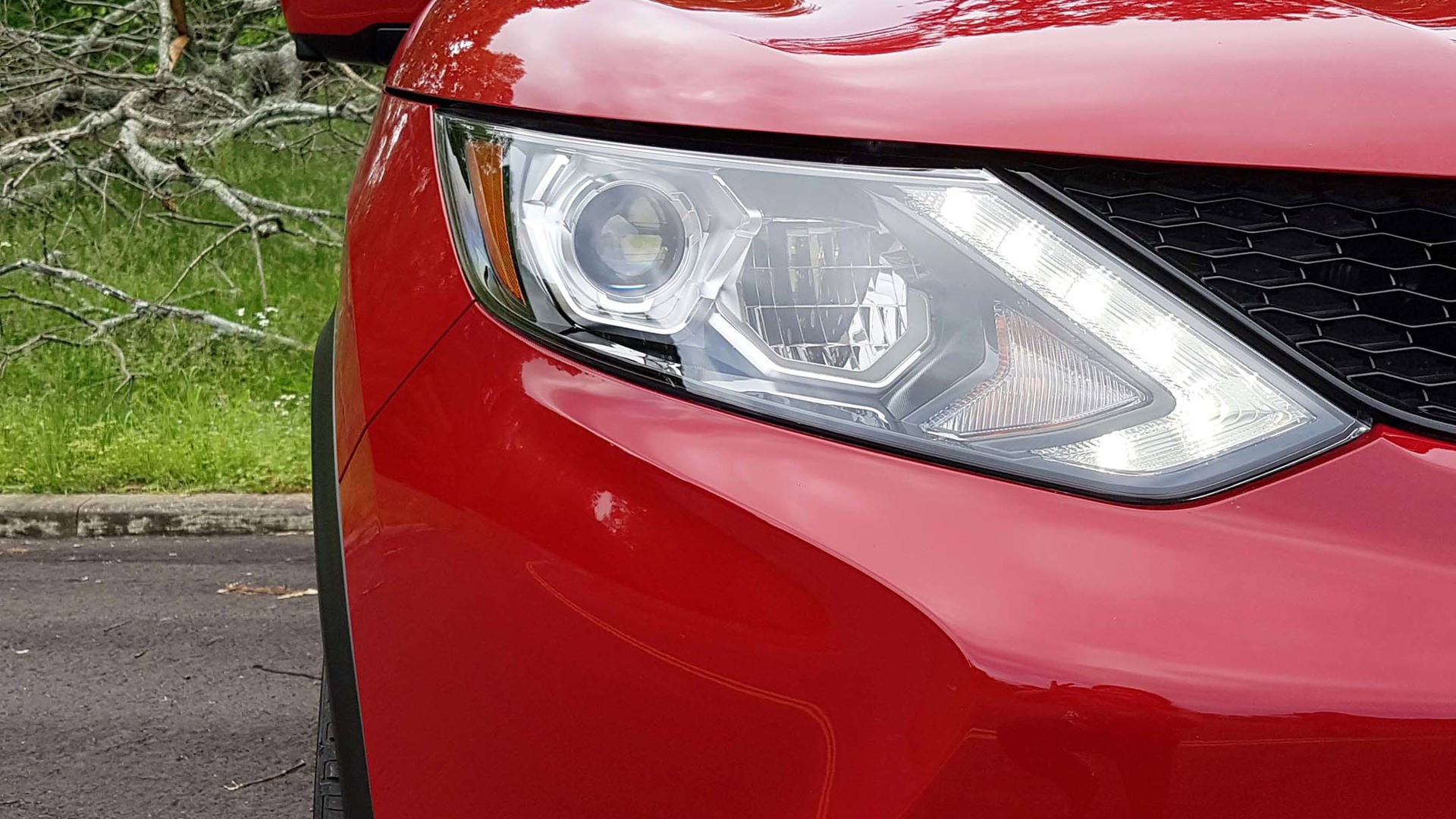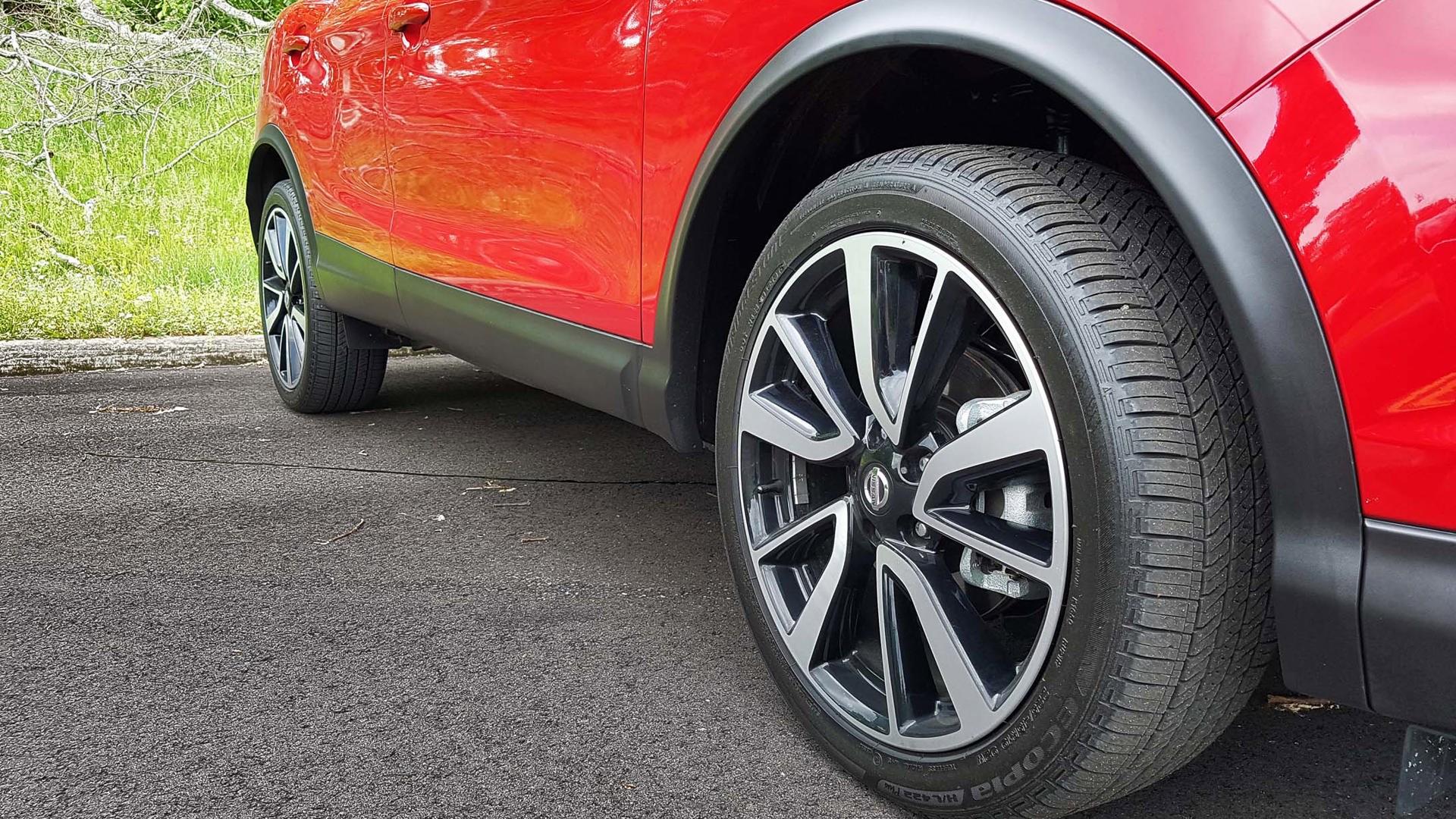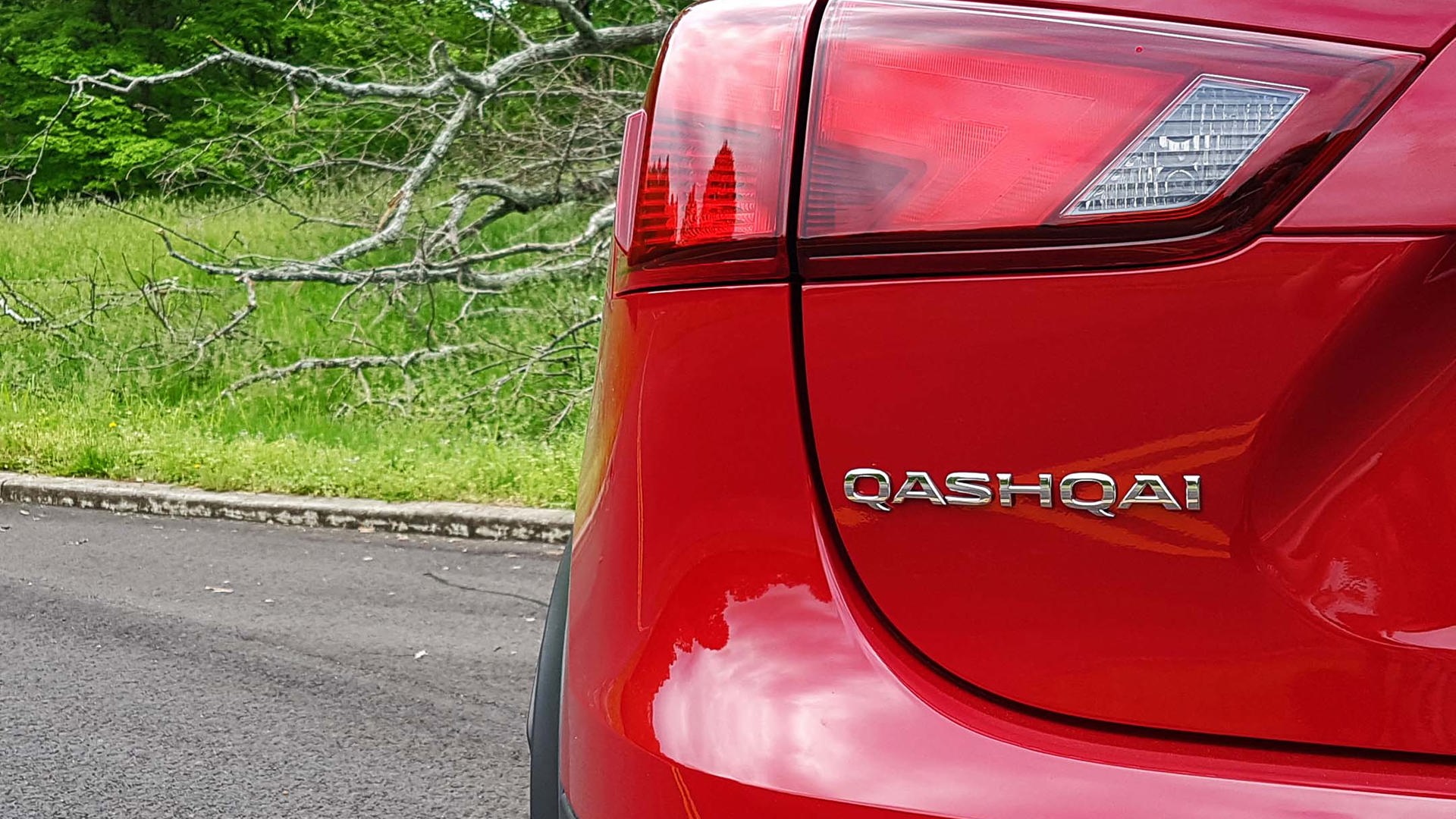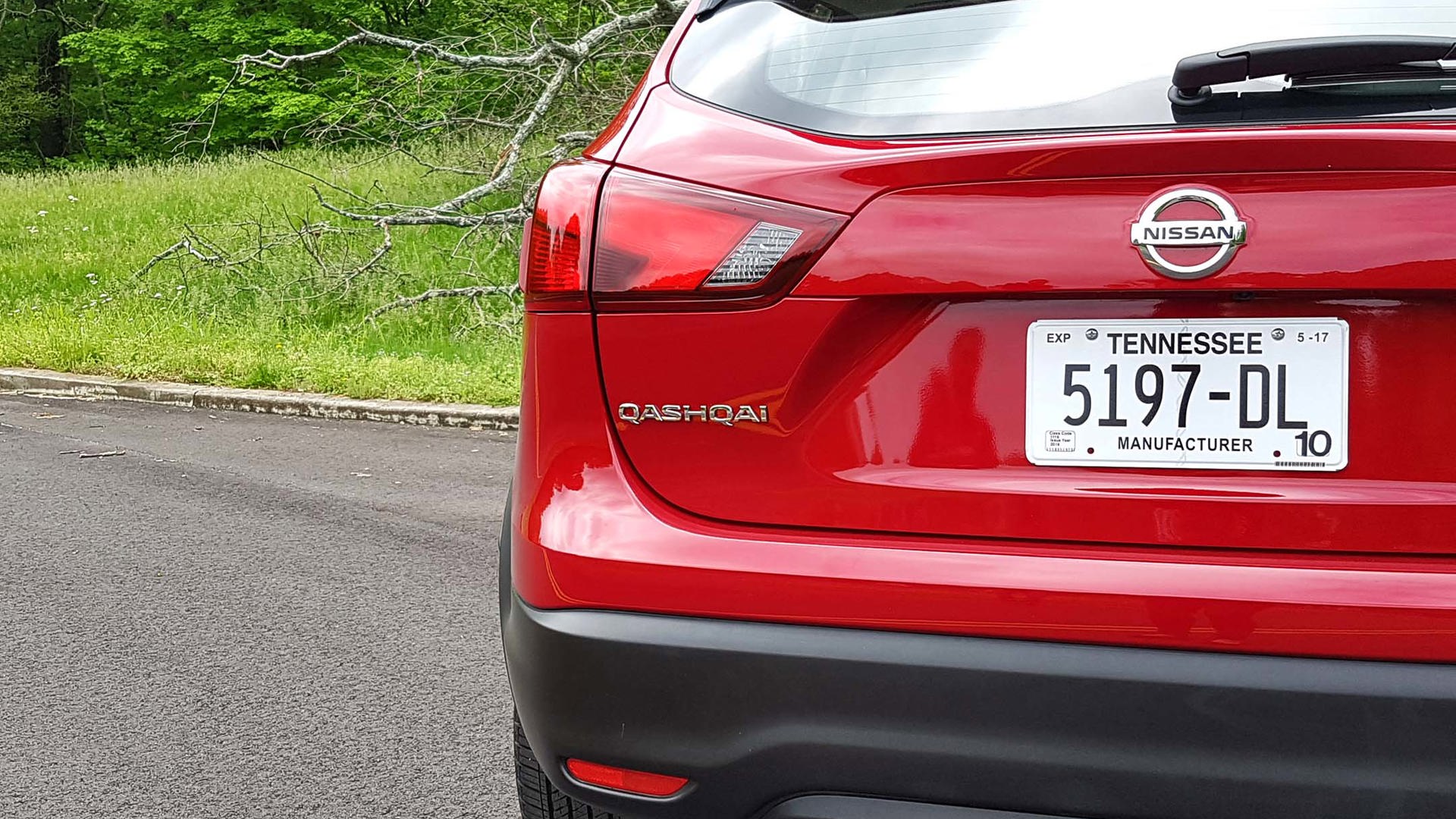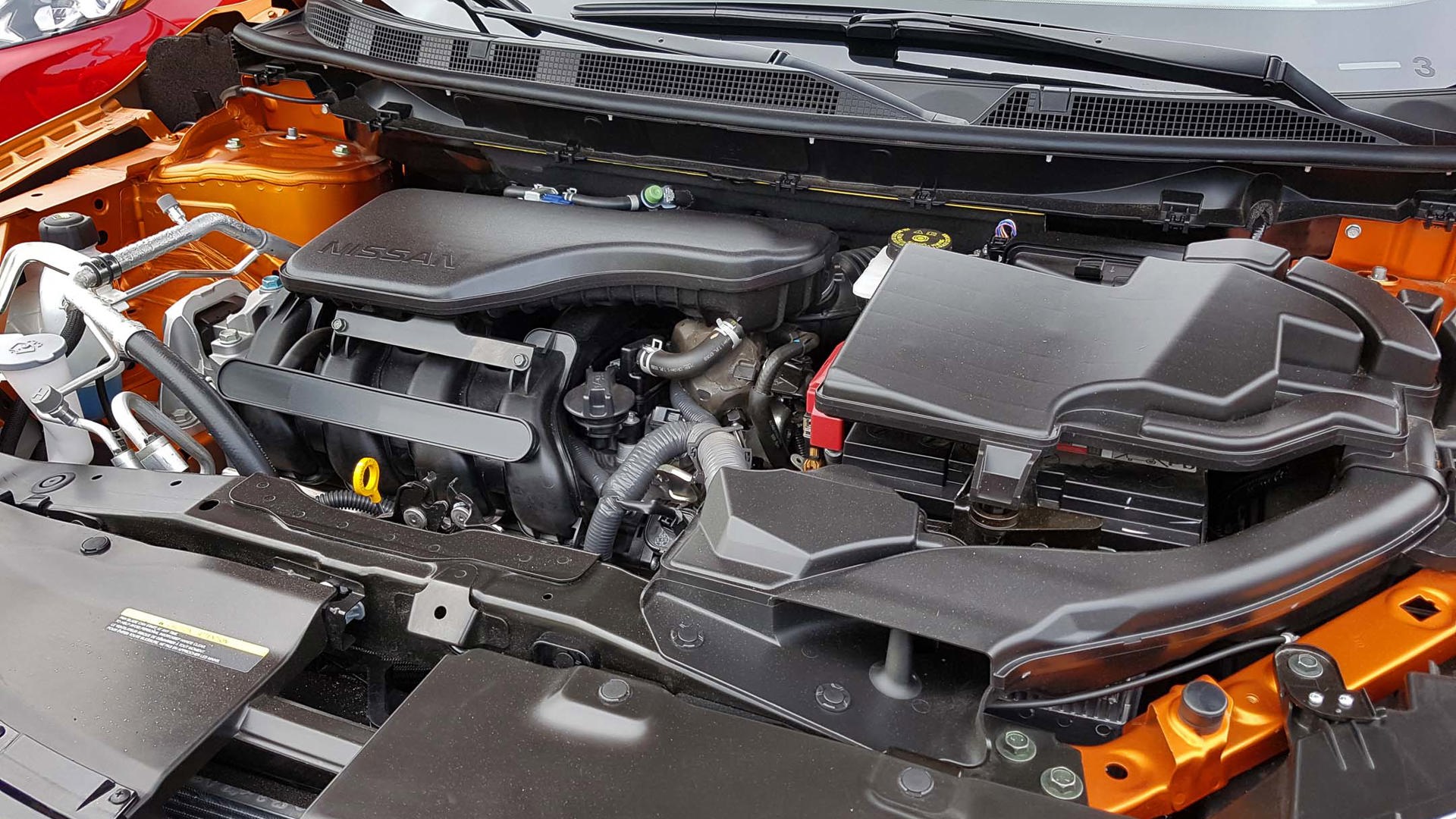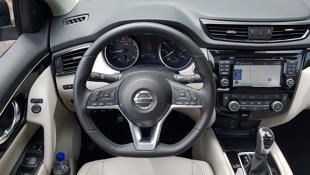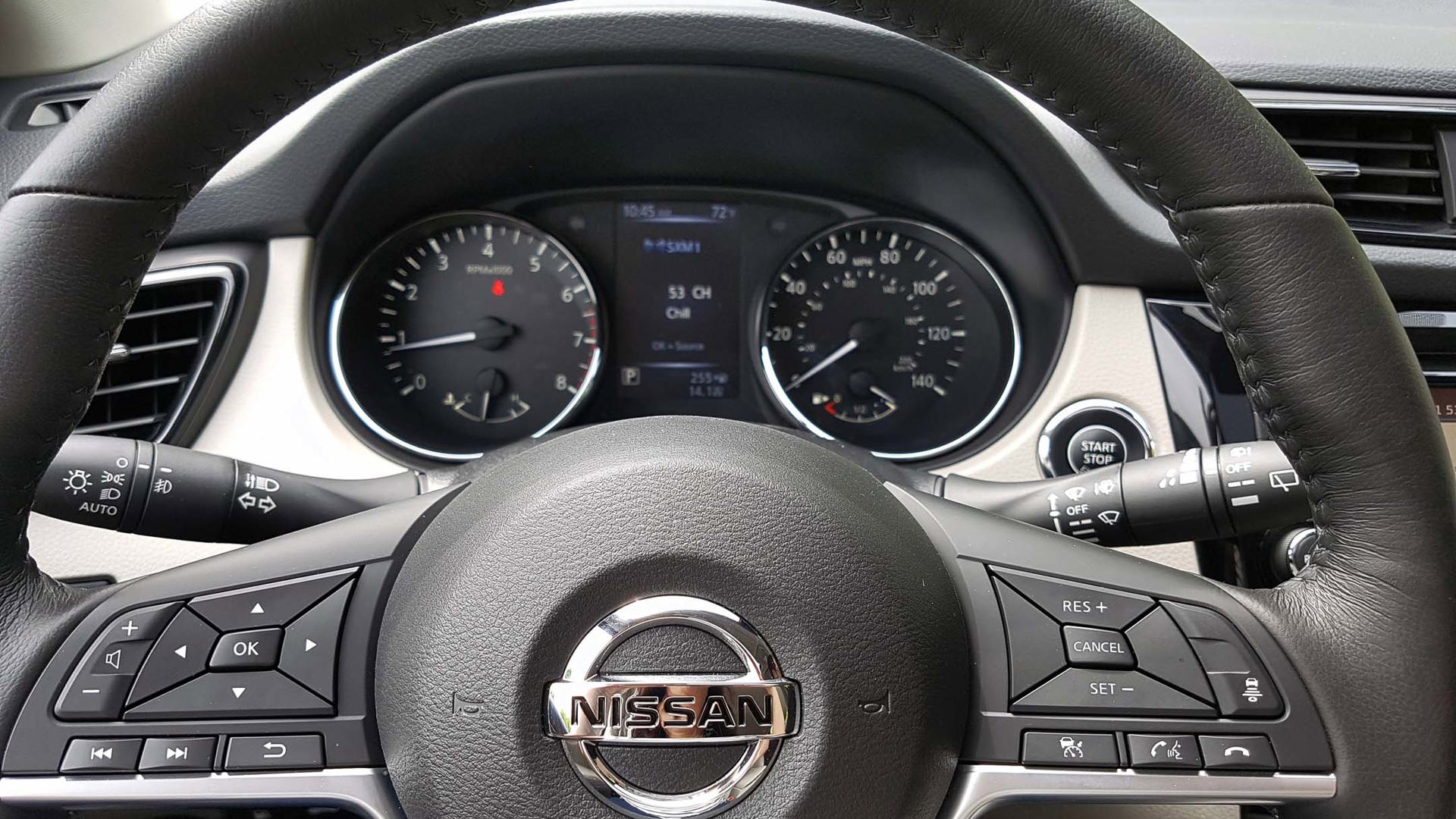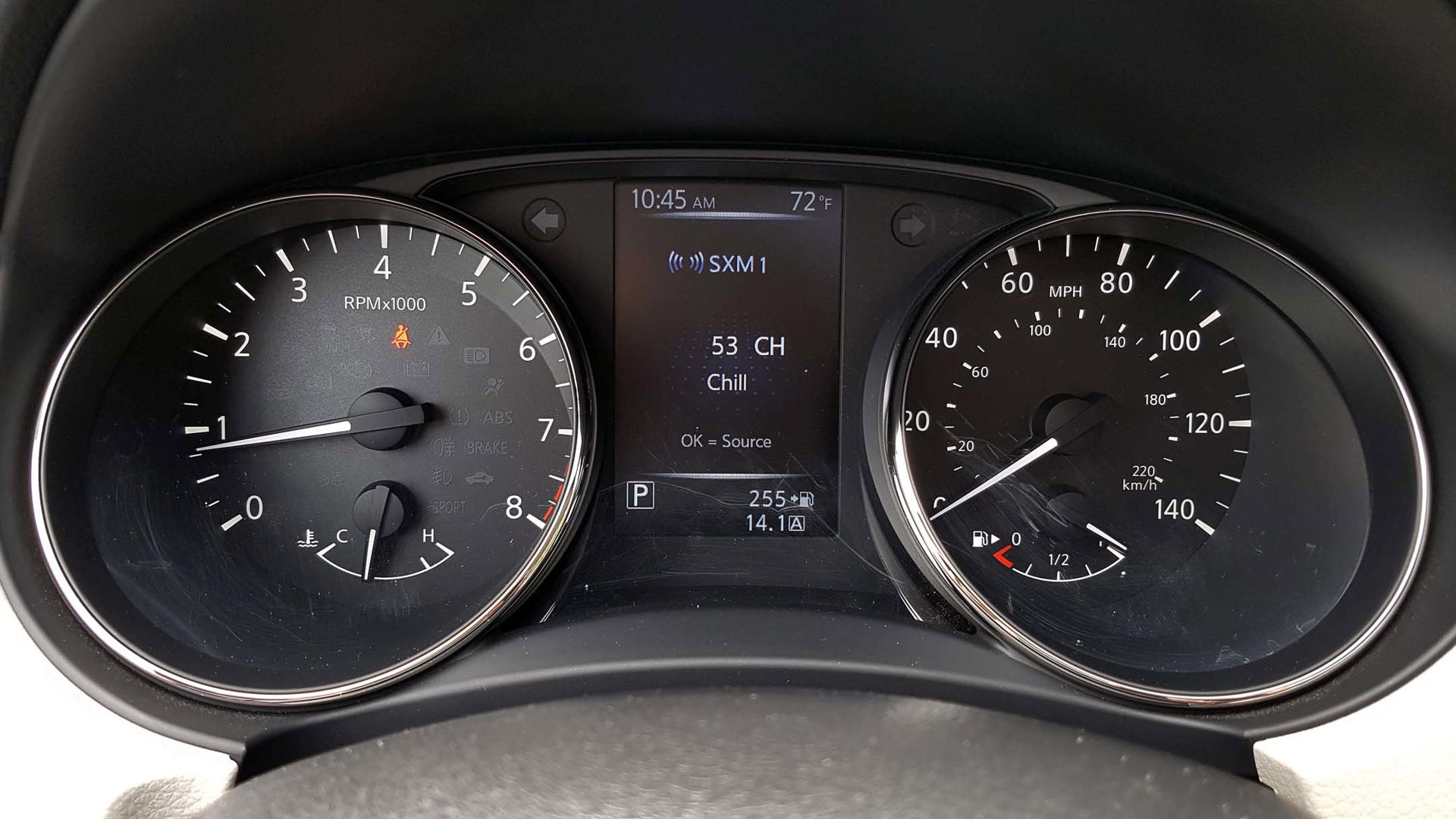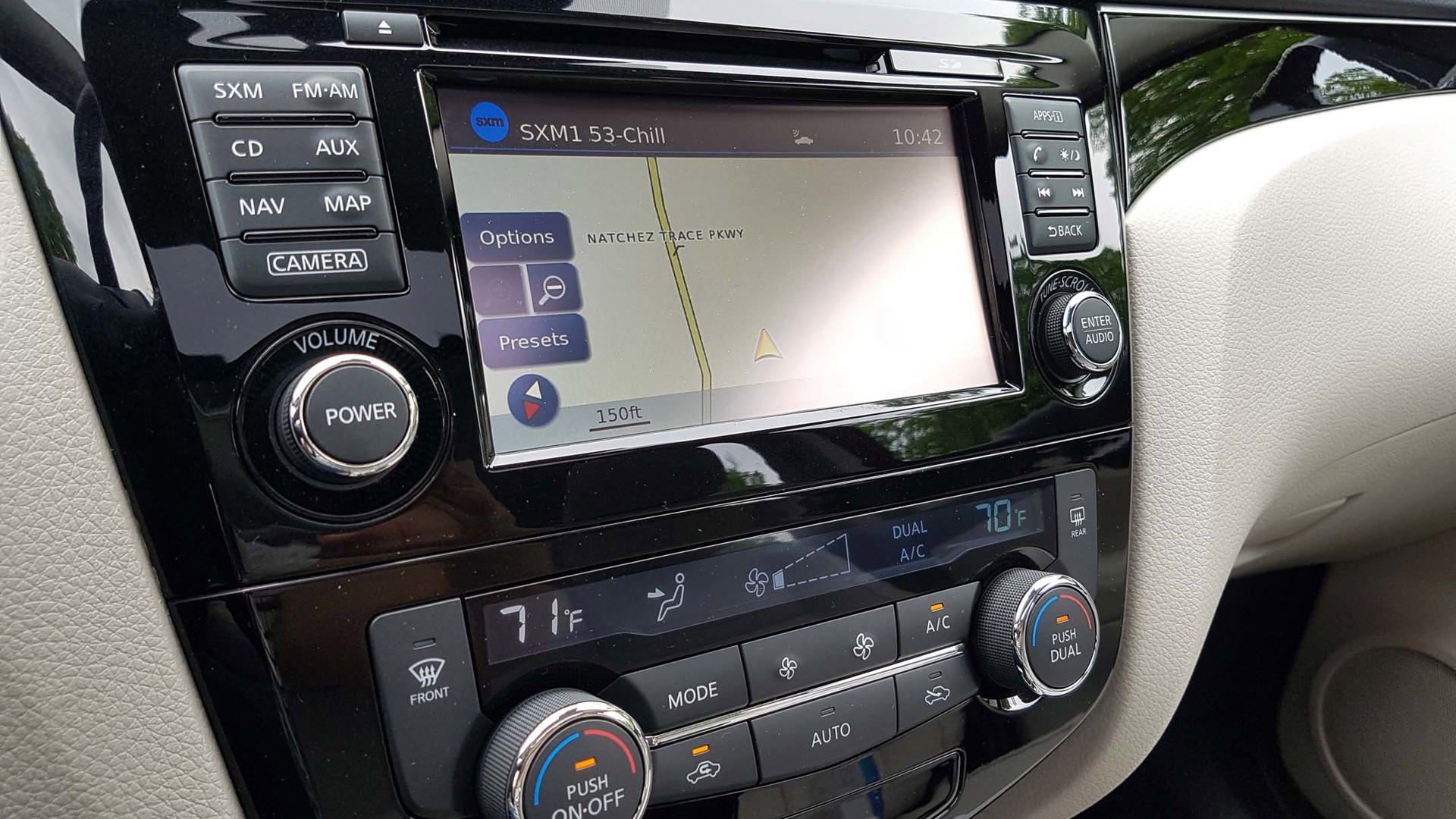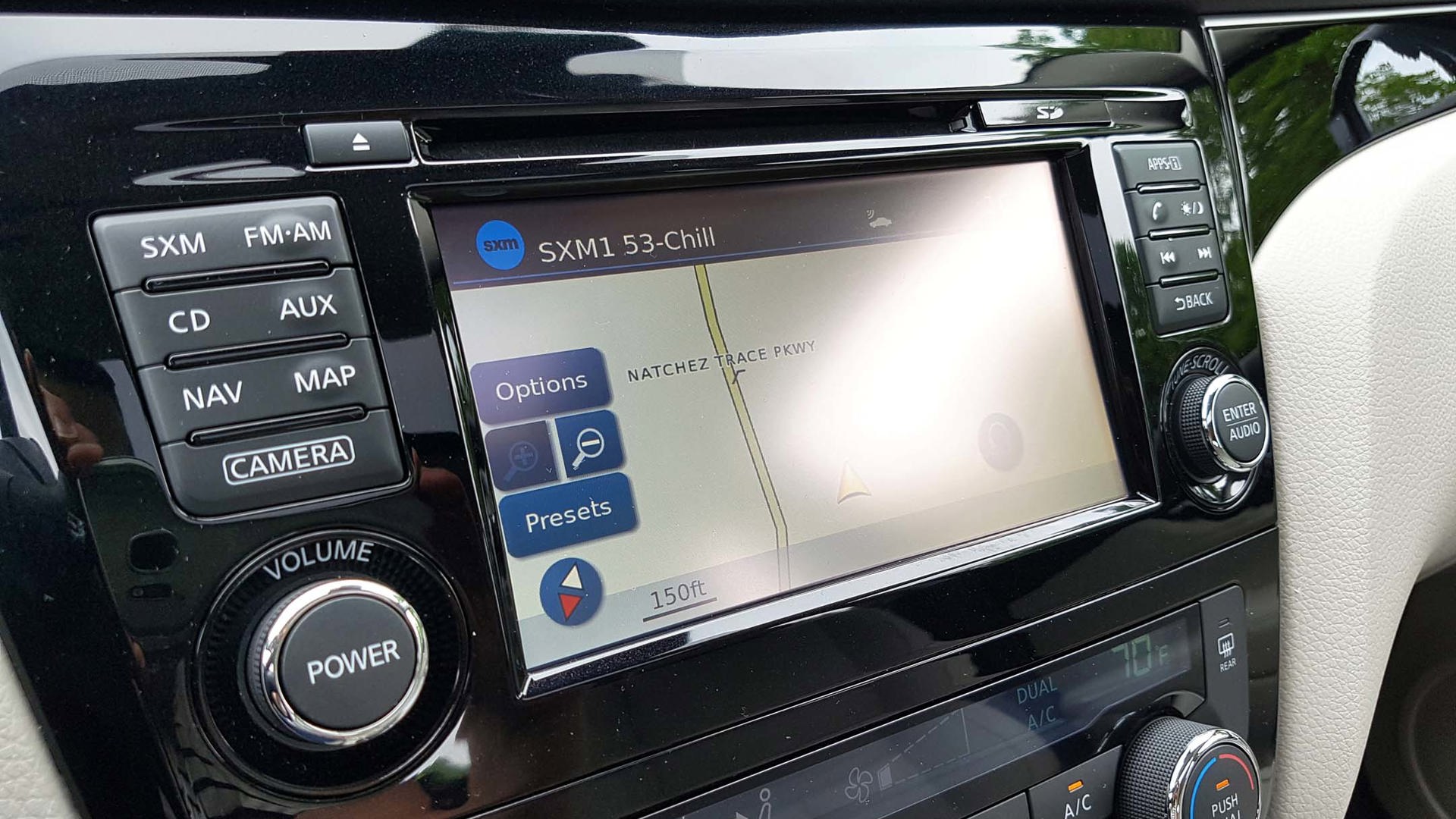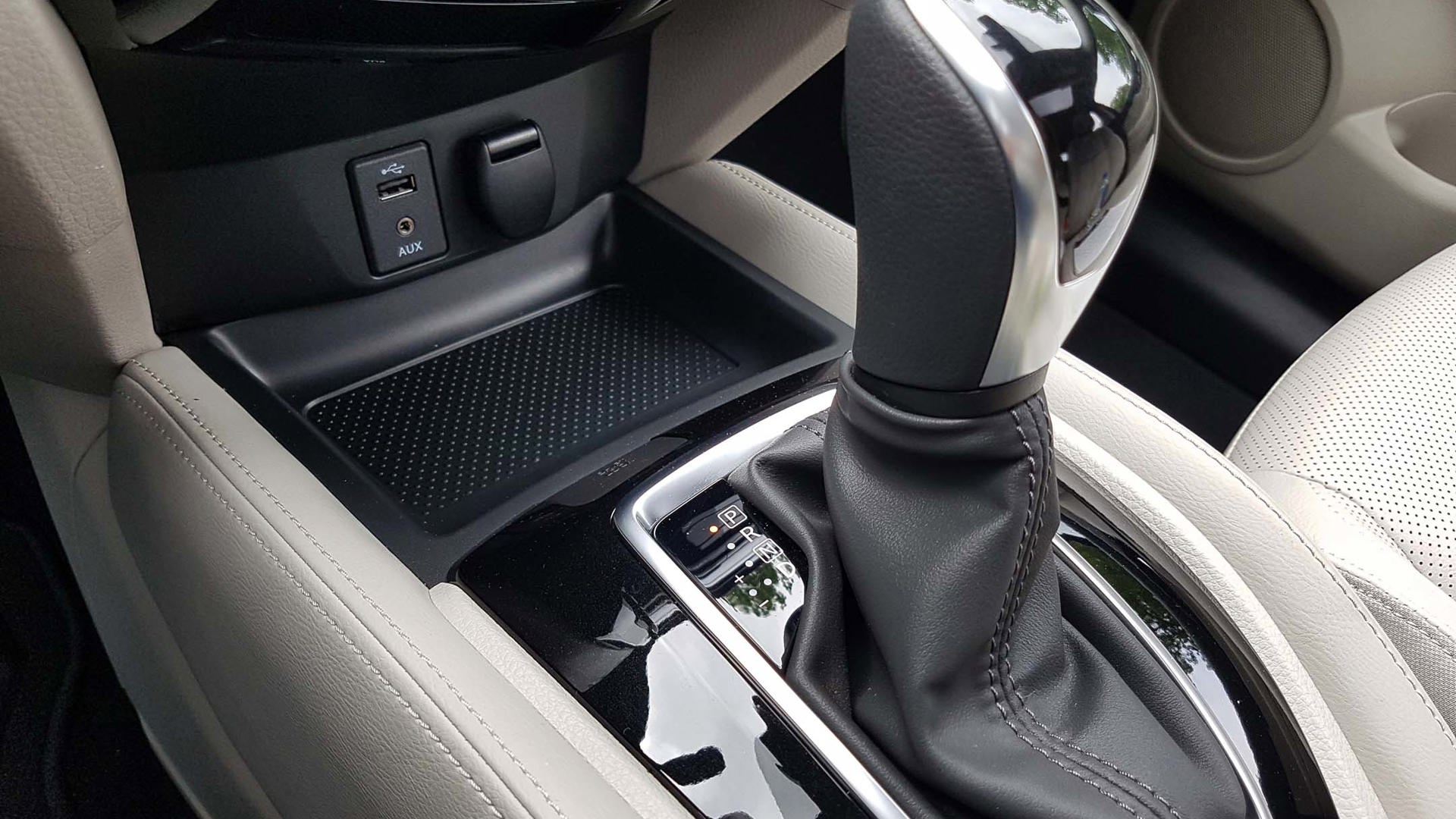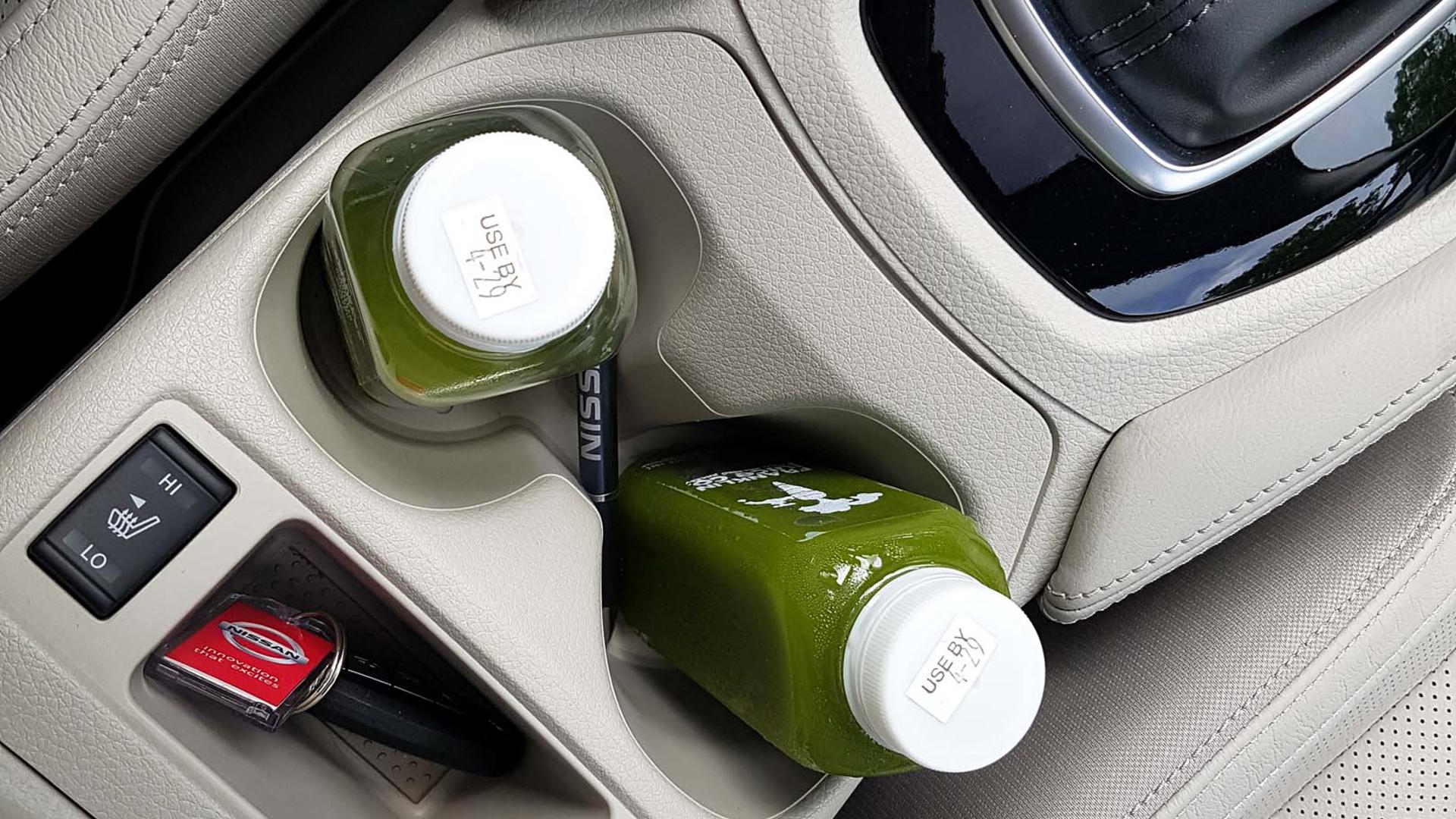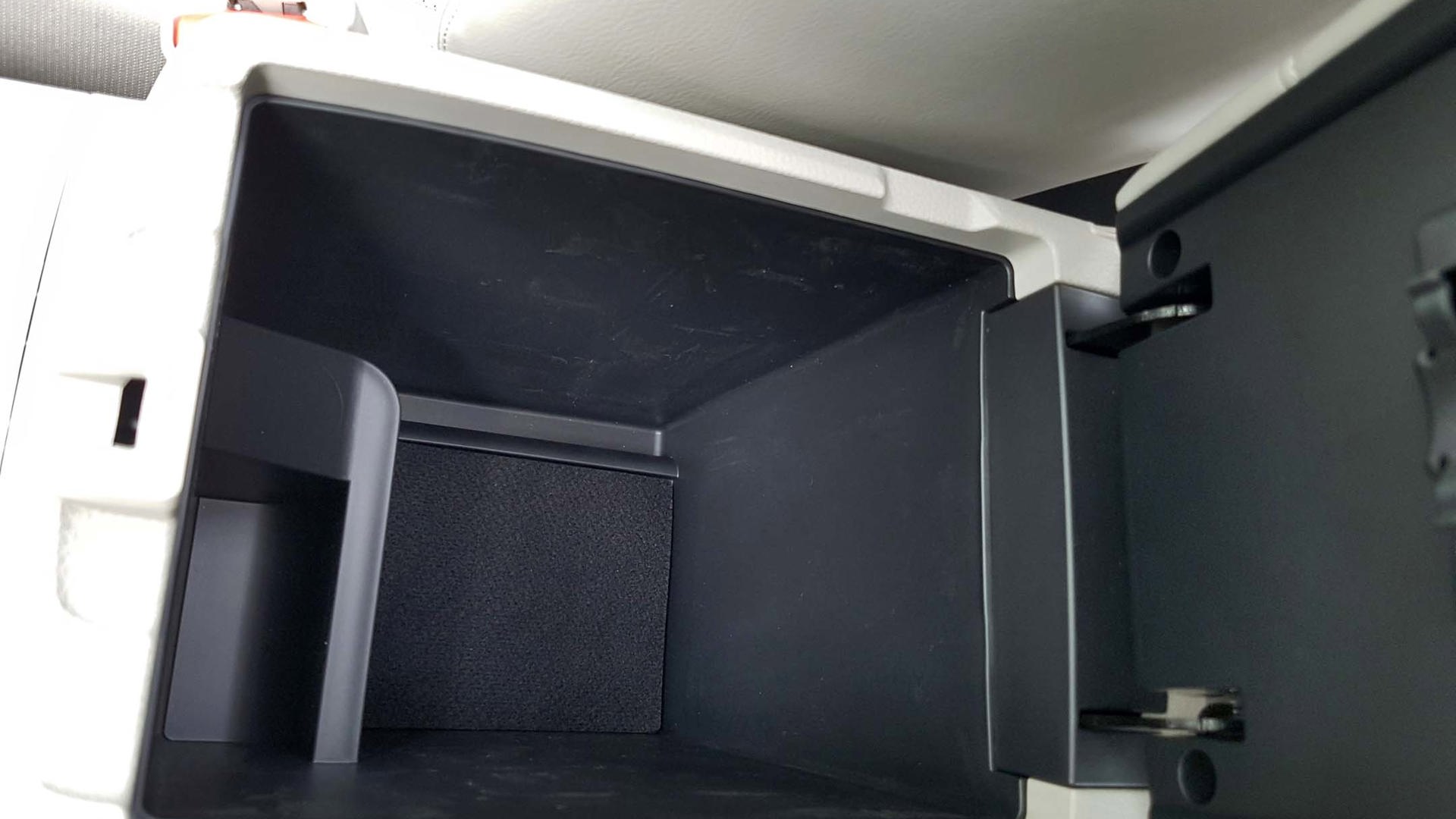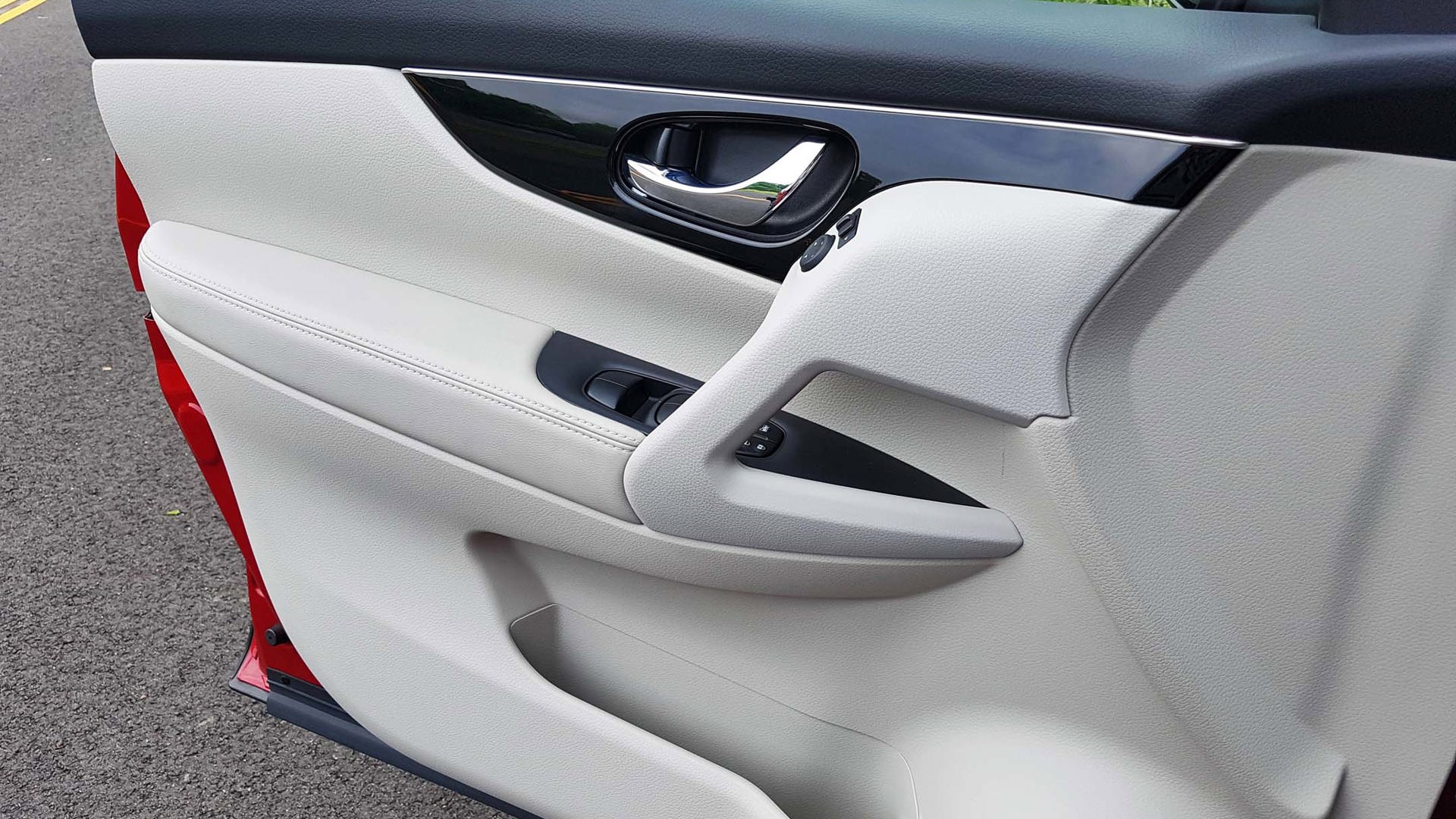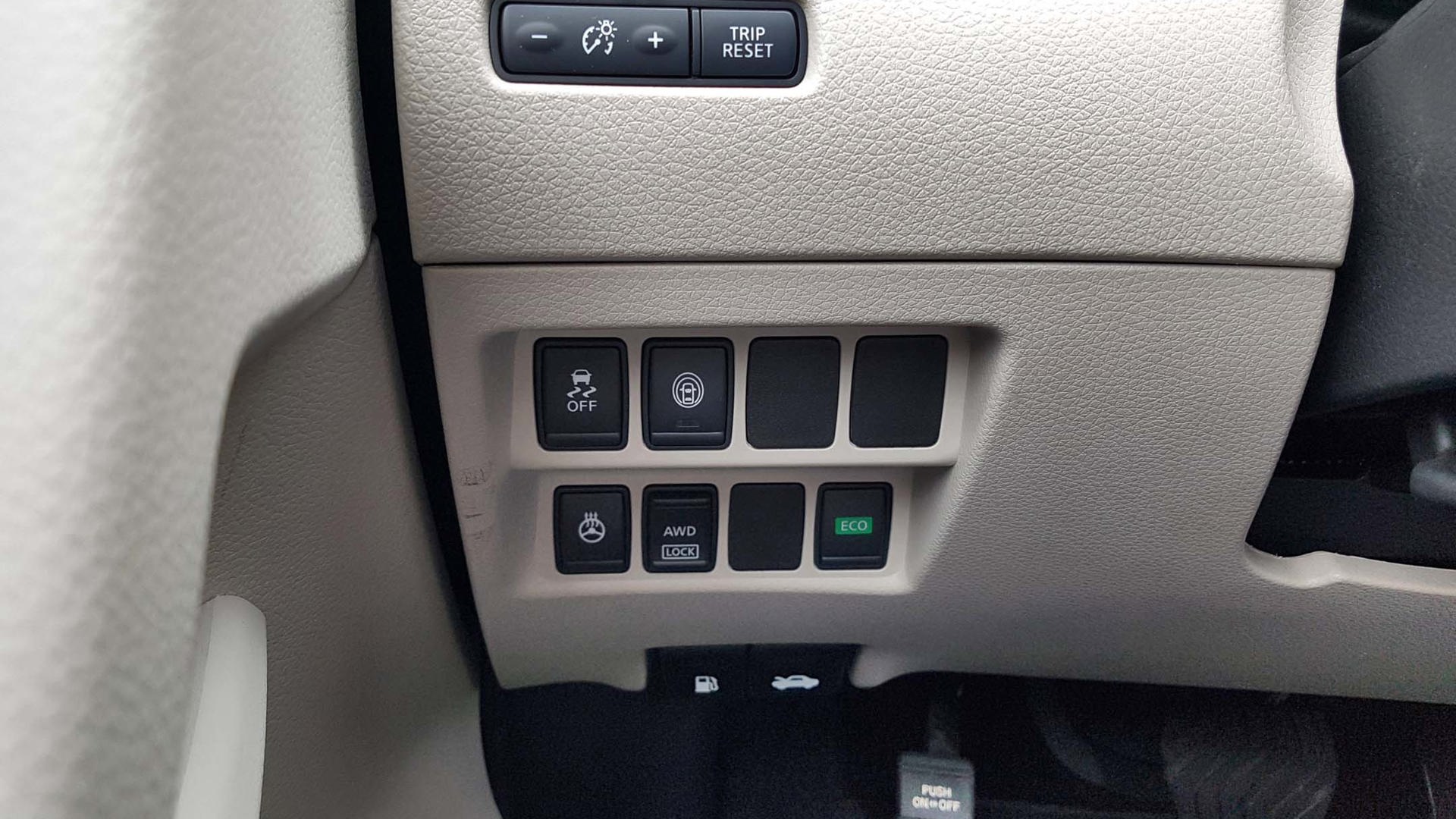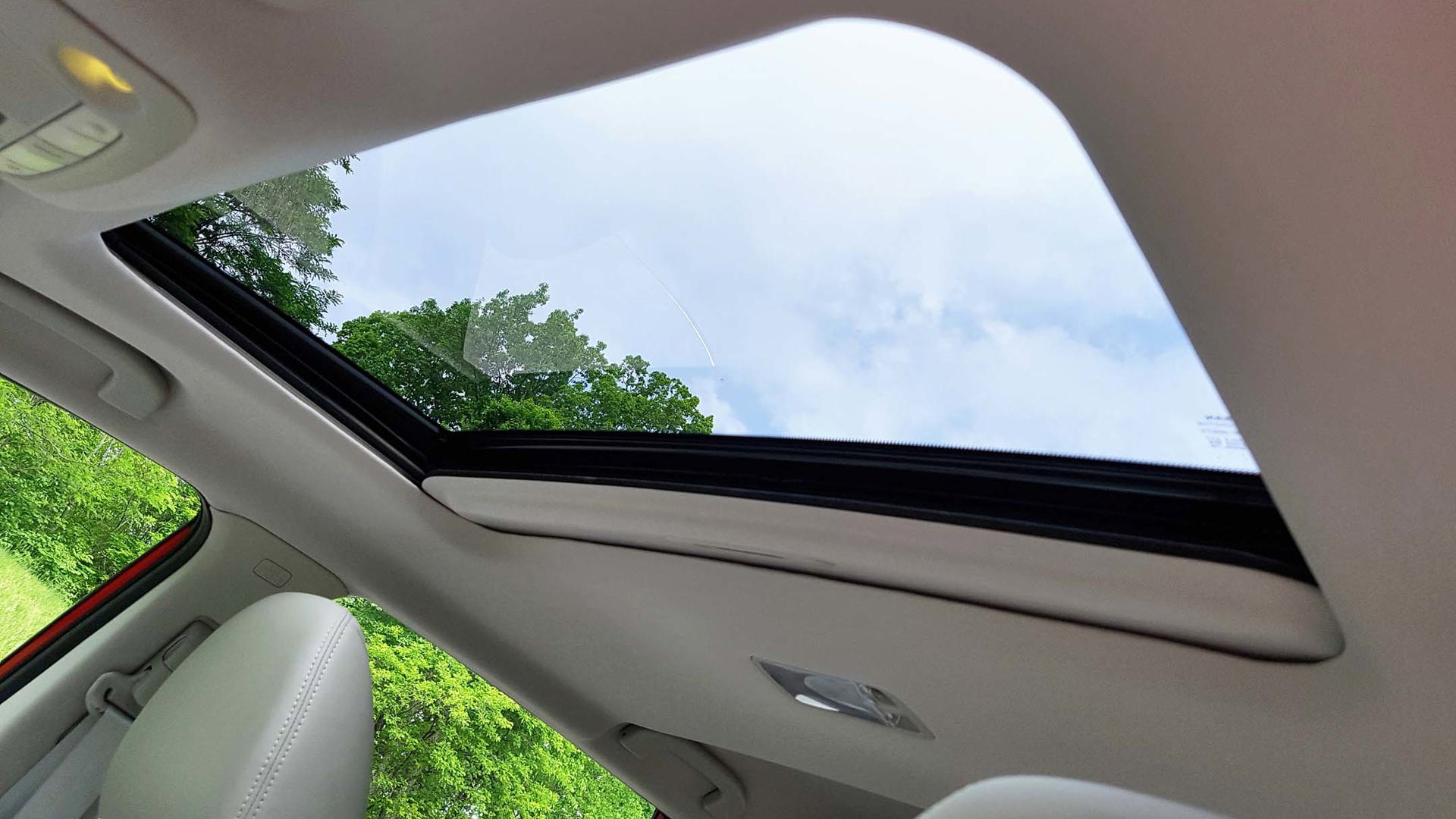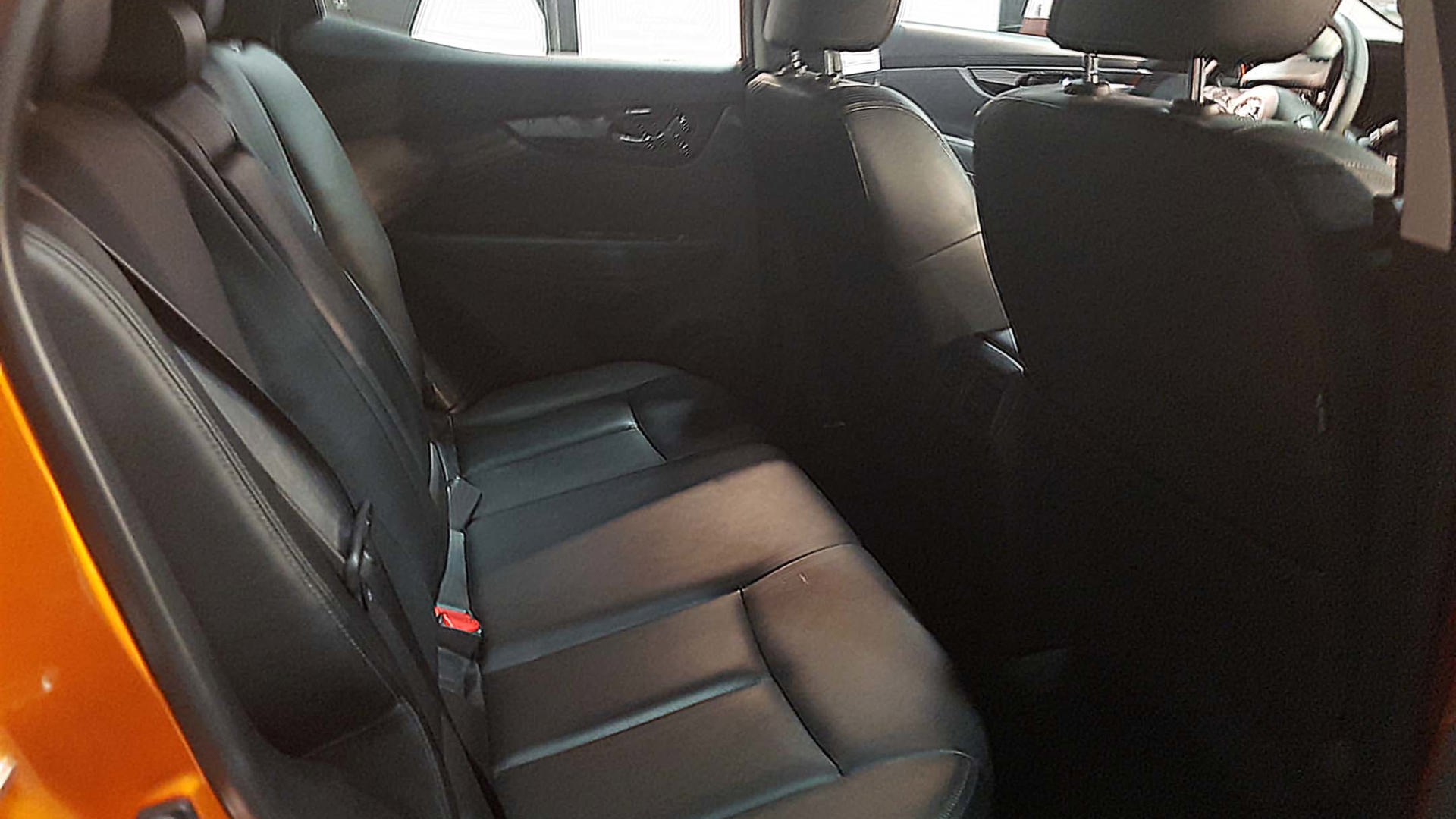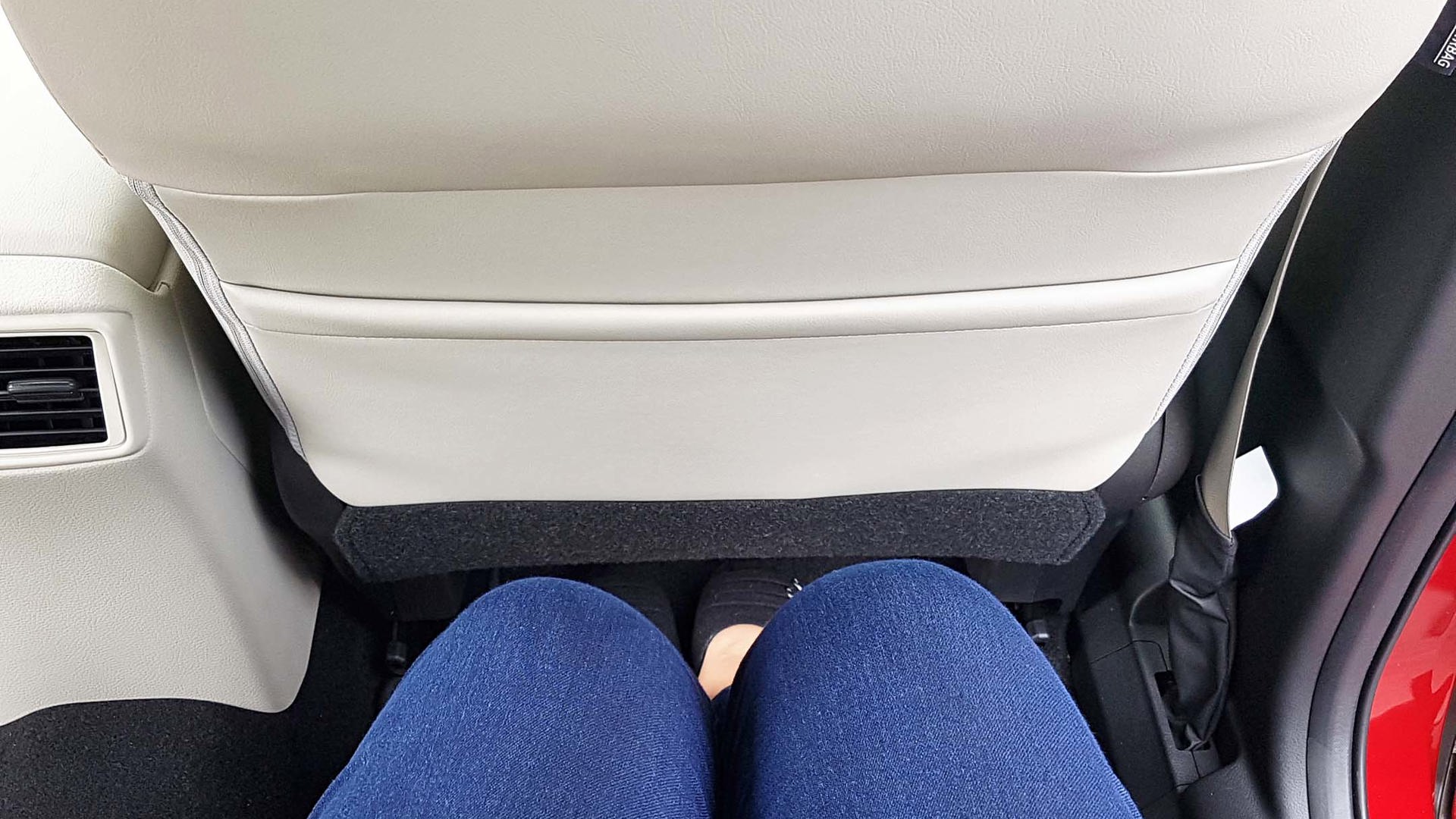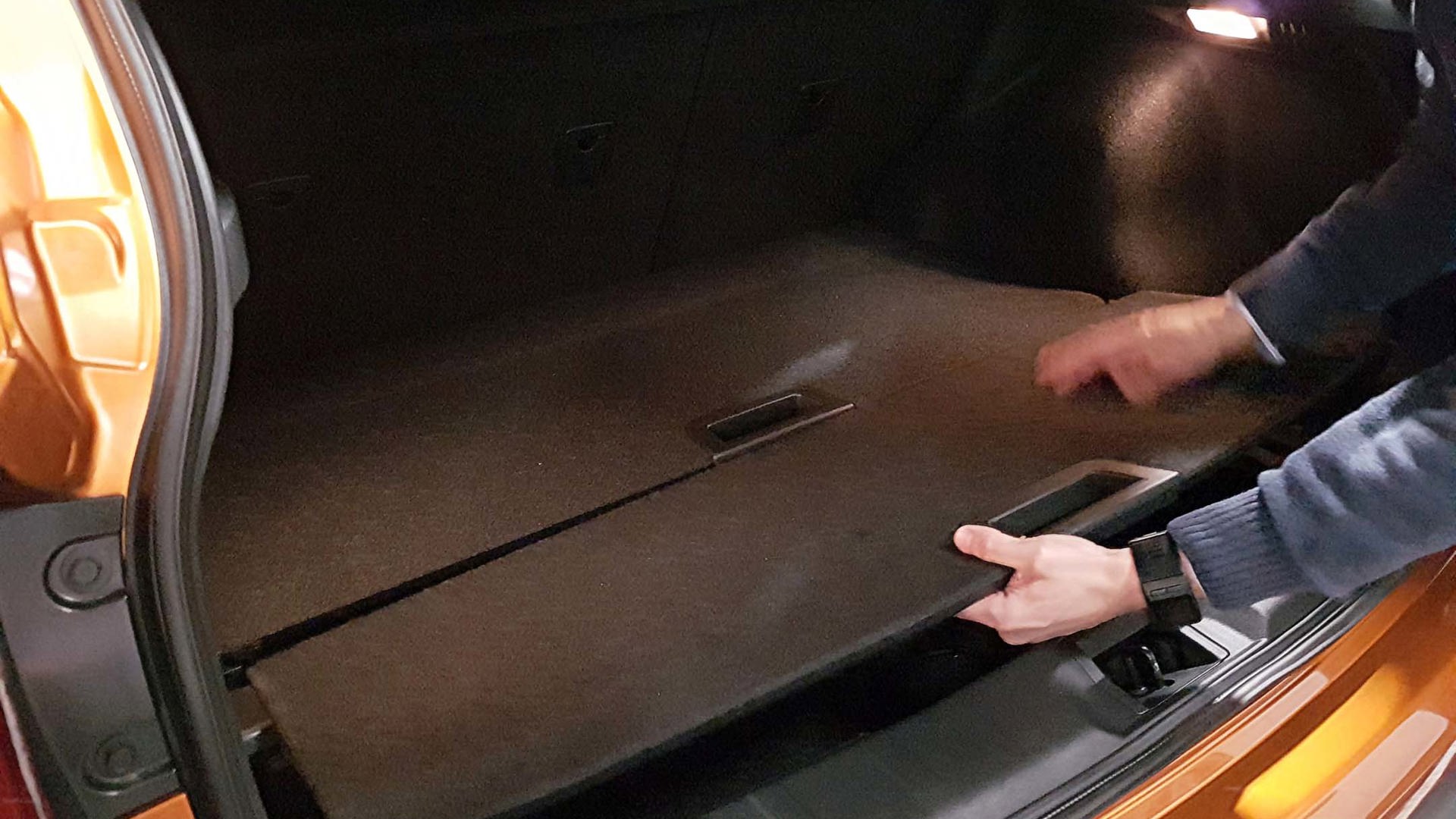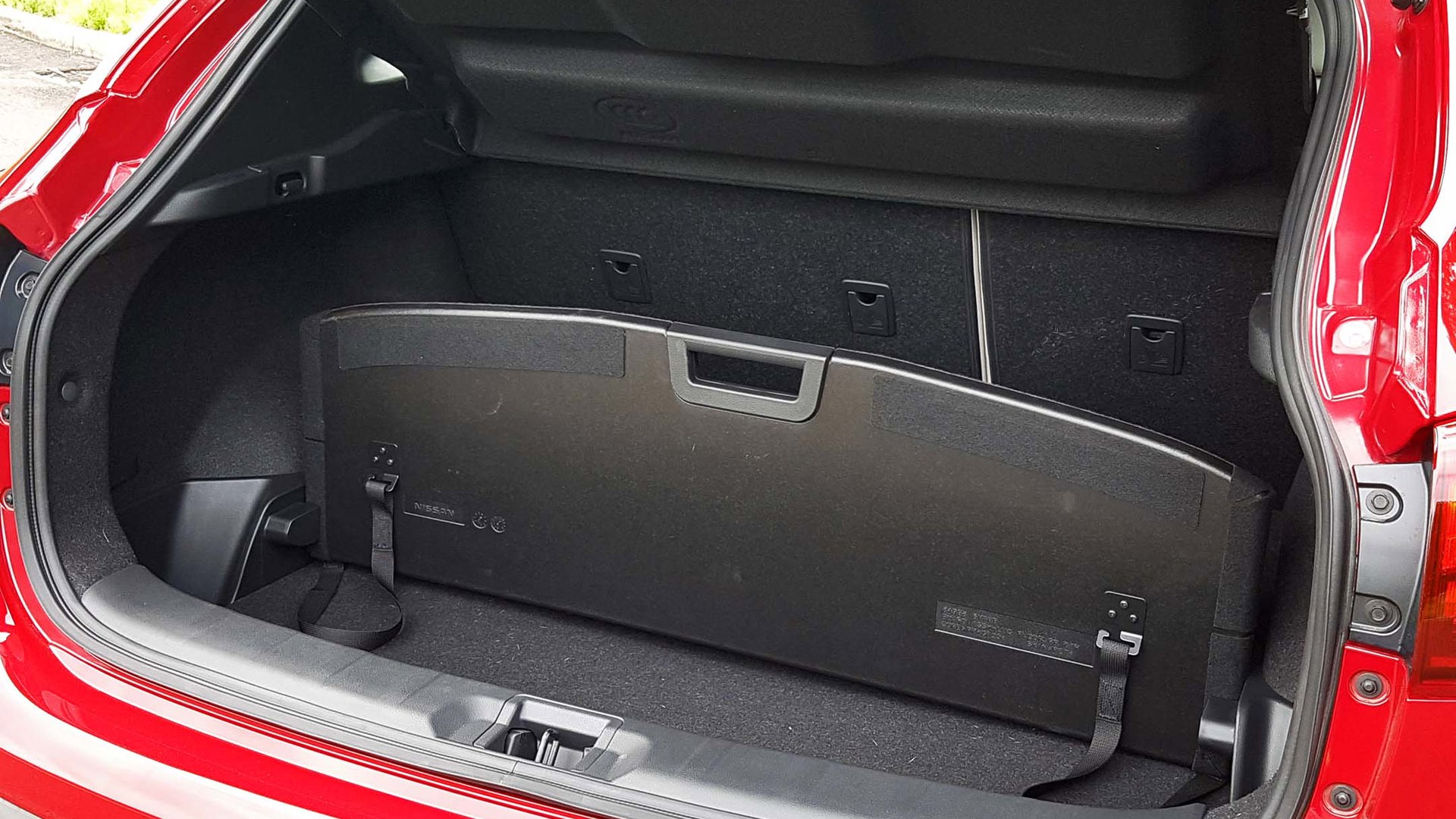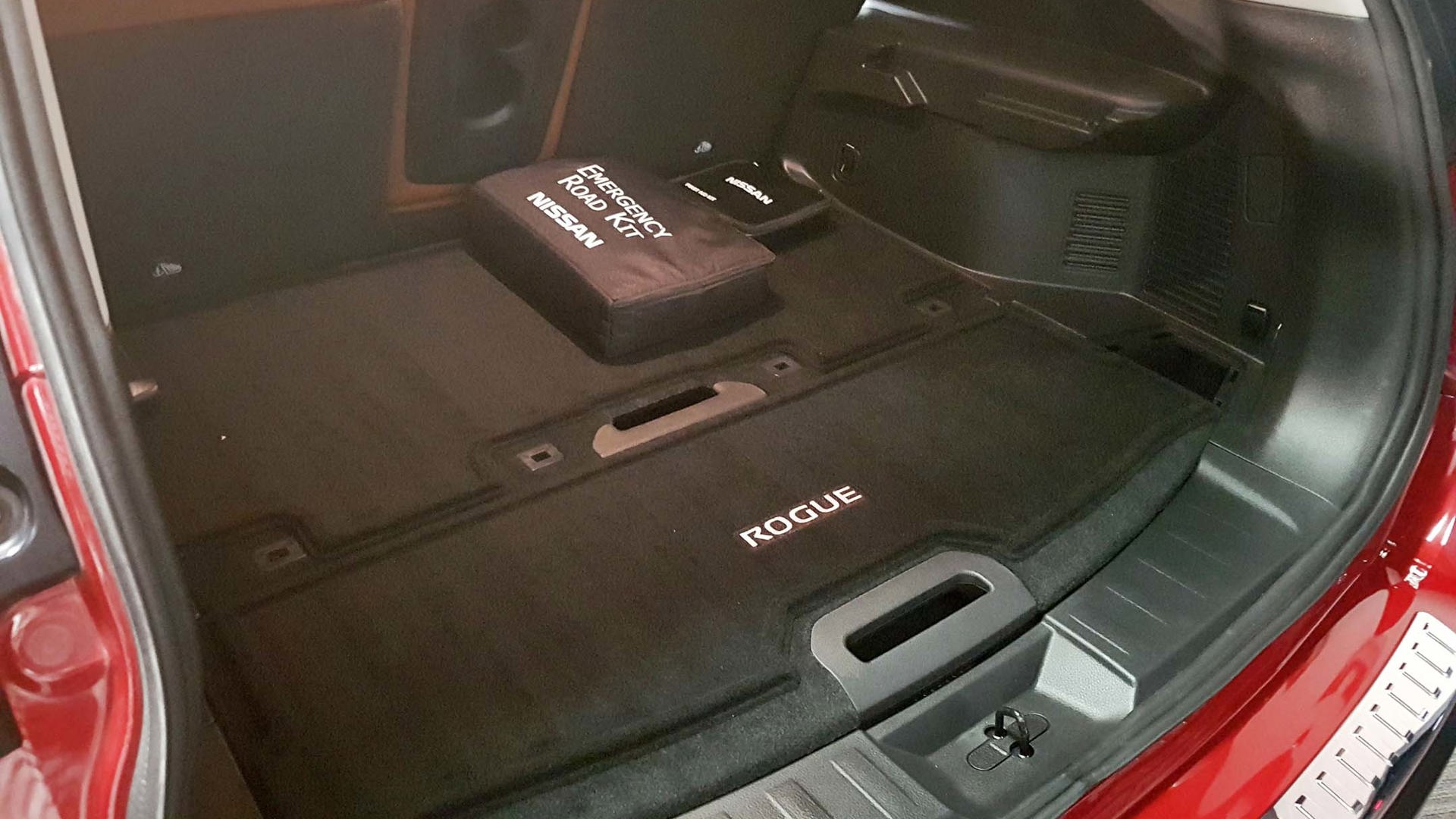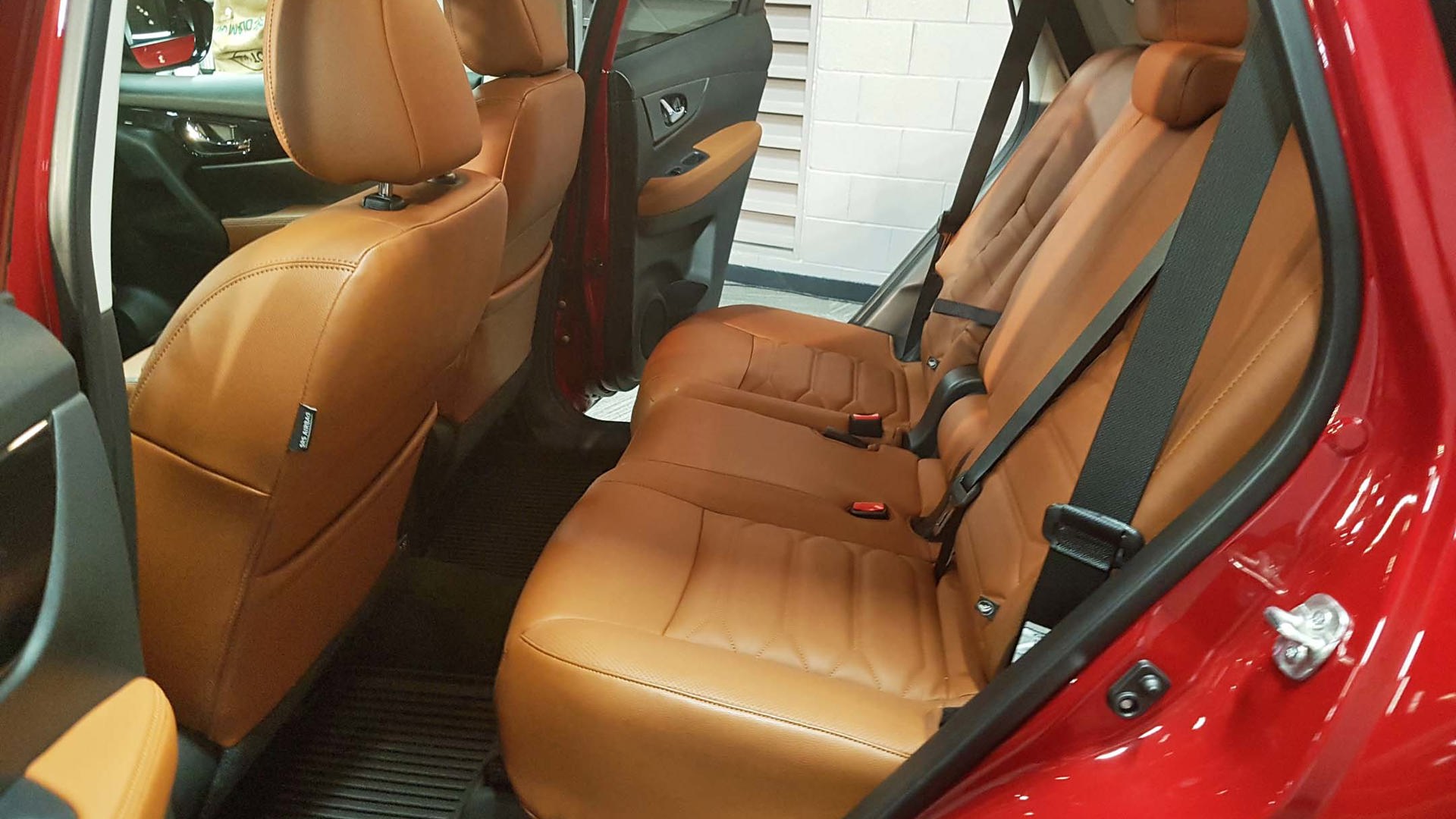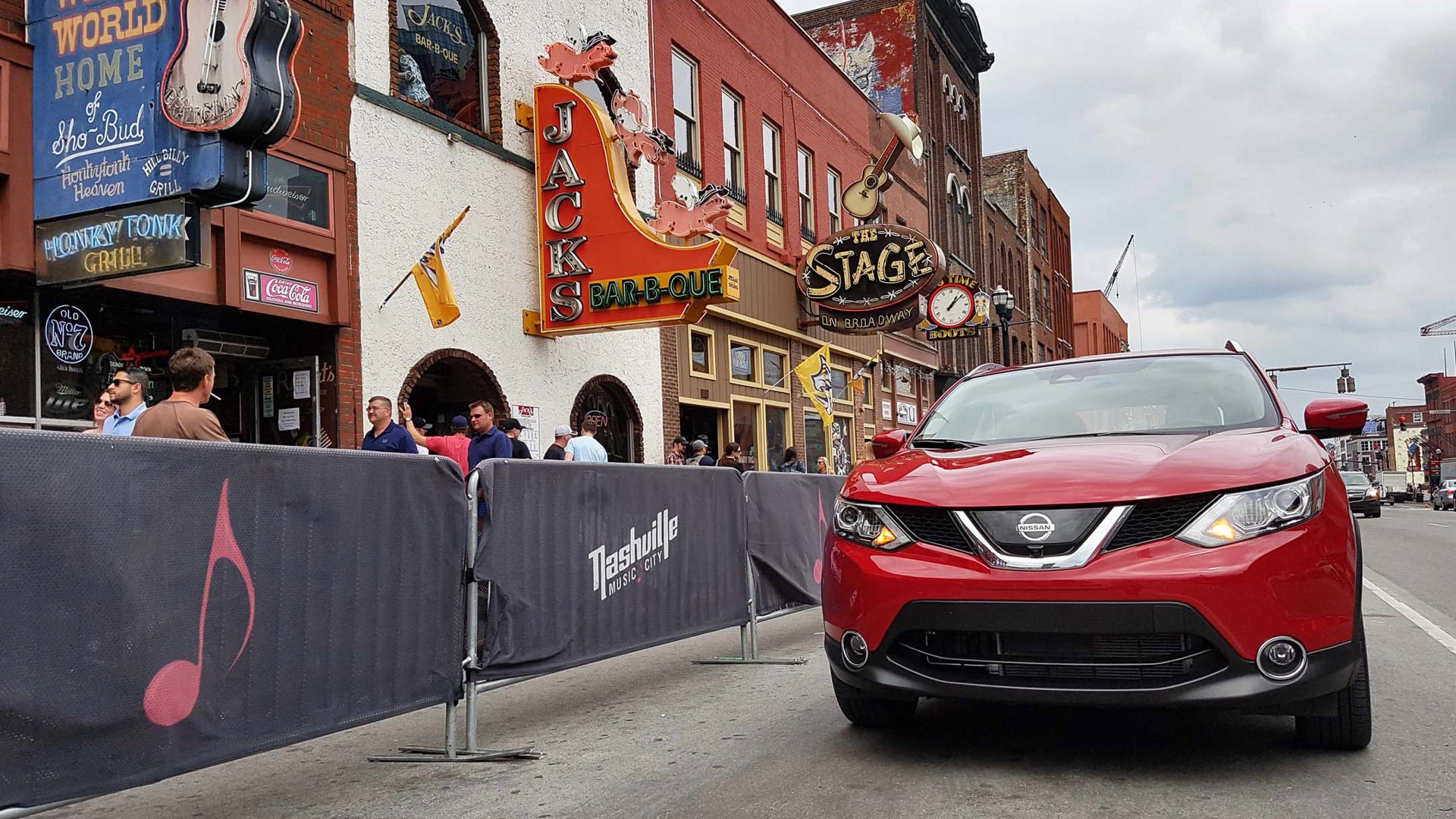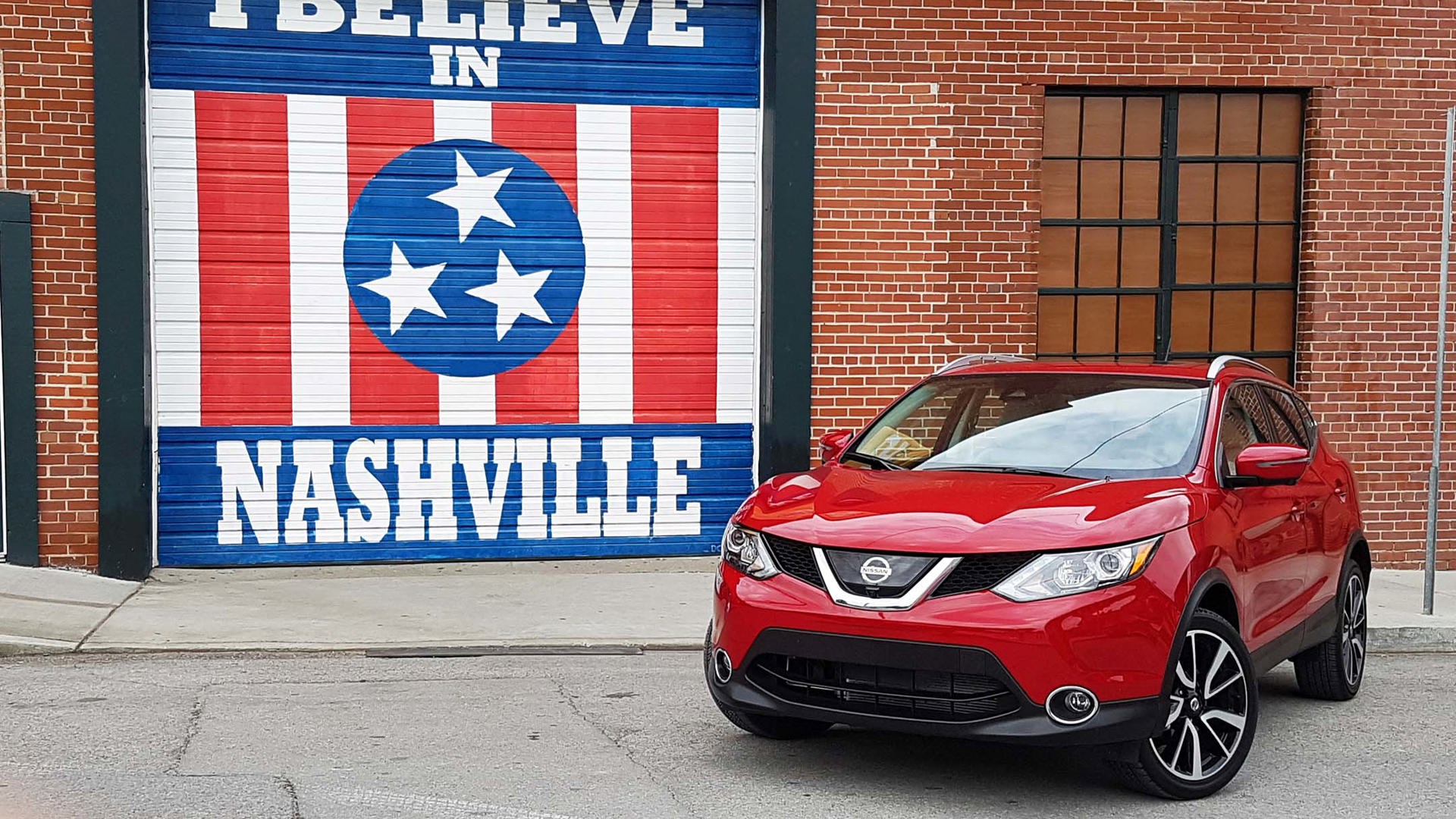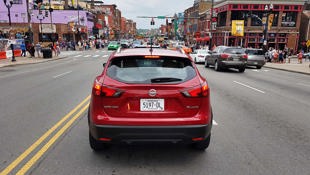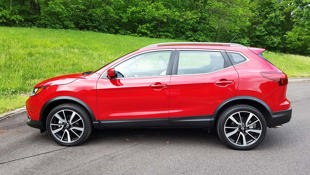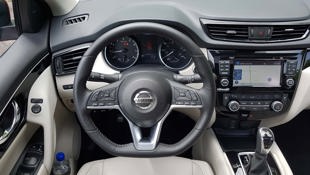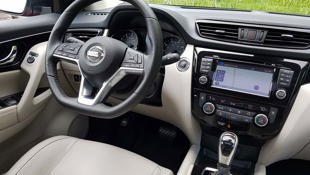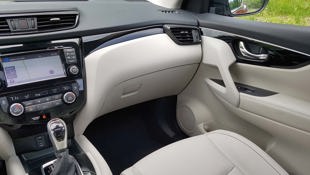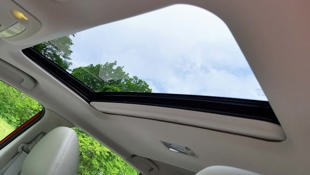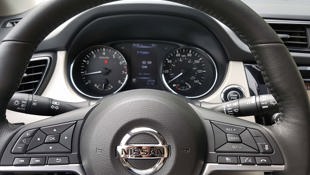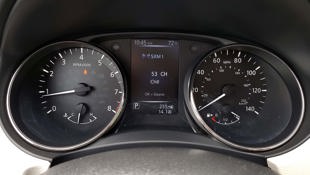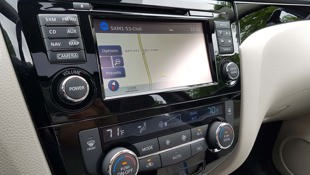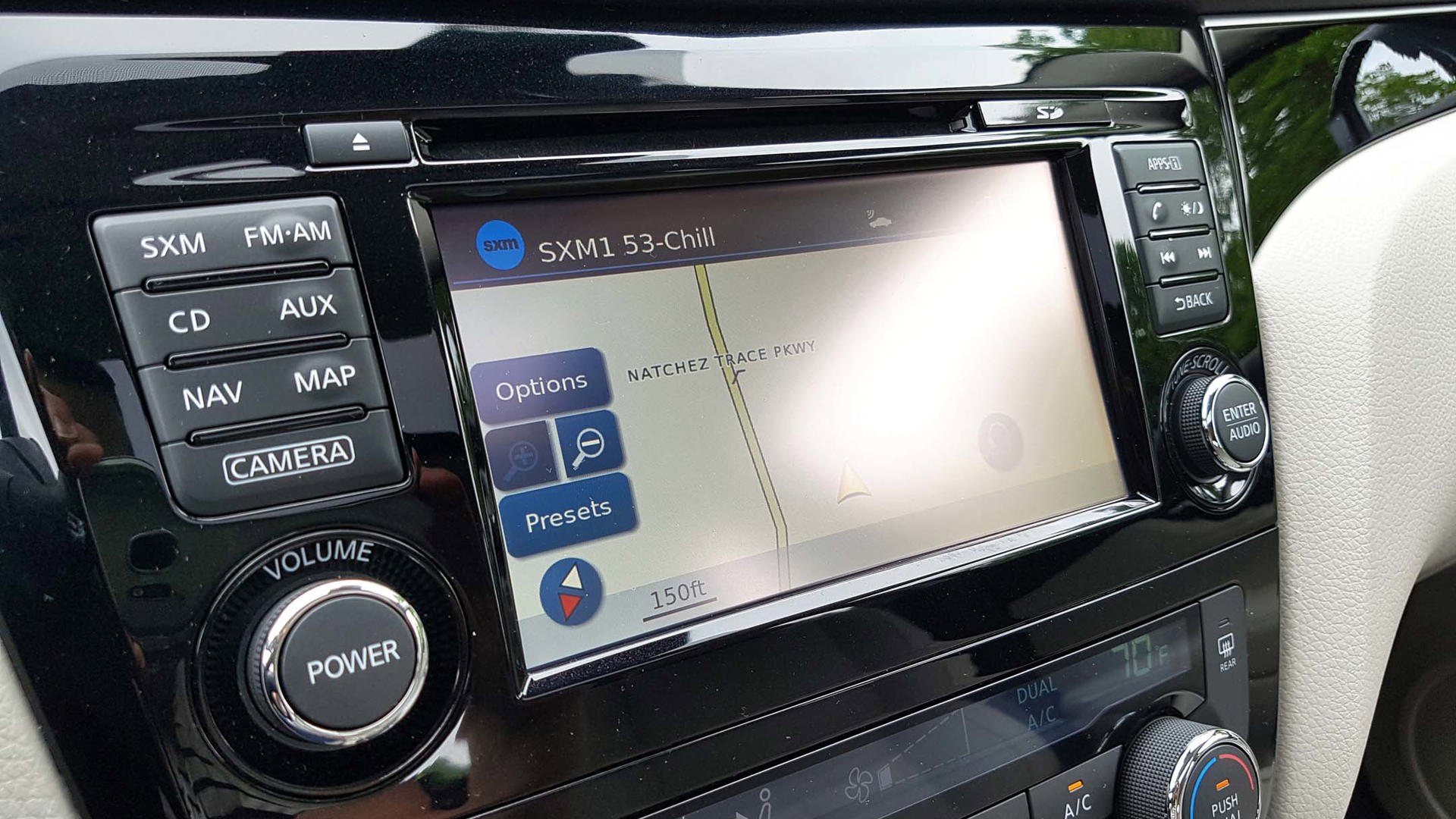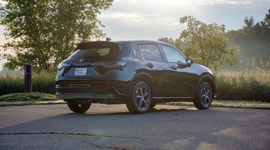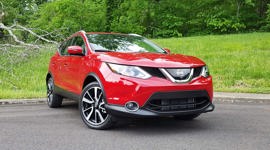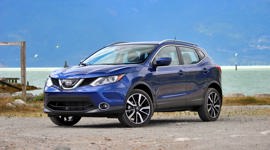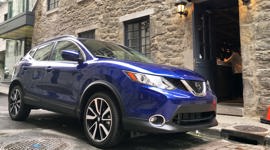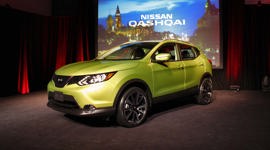If you’re reading this, you’re probably Canadian. So, have you heard about the Nissan Qashqai?
How the heck do you pronounce Qashqai, anyway?
Nissan Canada thinks you have, either from reading about it on websites like this one or seeing them pass by while on vacation in Europe. You may even have rented one at some point.
Our American friends, on the other hand, will know it by a different name. Nissan USA chose to forego the Qashqai nameplate and instead call this product the Rogue Sport, hoping to capitalize on a recent boost in sales there of the Rogue compact SUV.
This is how I ended up driving a car with a Qashqai badge on the back and Rogue Sport branded floor mats around the streets of Nashville, home base for Nissan North America, to gather some early impressions.
The Qashqai is lining up against competition such as the 2017 Honda HR-V, Mazda CX-3, Subaru Crosstrek, and the soon-to-launch Toyota C-HR, among other subcompact SUVs. It’s a segment that’s growing in Canada while traditional strongholds like compact cars are falling, which is why it’s become important for Nissan to jump into it for the first time in North America despite offering the Qashqai in other world markets since 2007.
Despite all this history and market research, though, the question I’ve received most often on this car is: how the heck do you pronounce Qashqai, anyway?
Take the word “cash”, stick a “k” in the middle, then tack the word “eye” onto the end. “Cash-k-eye.” It’s named after the Qashqai people of southern Iran.
With that mystery solved, let’s talk about the car.
Made in Japan
You may have heard that the Qashqai is built at Nissan’s assembly facility in Sunderland, a city in northeast England. But that plant is already at capacity building for the European market, so units for the North American market will be produced in Japan instead.
Design
For a car that’s been in its second generation since the 2014 model year, the Qashqai’s looks are holding up extremely well. I find its simplified grille to be a significant improvement over that of the Rogue, especially when placed on top of the Qashqai’s optional rounded fog lamps. The lines are mostly straight and streamlined and come together to create a classic look. It’s about time Nissan gave Canadians a more mainstream subcompact SUV option than the ultra-quirky Juke.
Powertrain
A 2.0L naturally aspirated four-cylinder is standard across the board for the Qashqai and makes 141 hp at 6,000 rpm and 147 lb-ft of torque at 4,400 rpm. This is more or less on par for the segment. I was happy with the amount of power – it didn’t leave me dreaming of lapping days or anything, but it feels like plenty for the average everyday driver – and delivery is smooth and responsive.
Two transmissions are available: a six-speed manual, which can only be equipped with the base trim, and Nissan’s Xtronic CVT that’s calibrated to feel and sound like a traditional six-speed automatic. I tested the latter in the Platinum trim and found it to be a little bit buzzy and noisy at lower speeds, but it settles down once at pace. This is a minor quibble, though. Most people will find it easy to live with.
In fuel efficiency, the Qashqai is average at best. With all-wheel drive it’s rated for 8.4 L/100 km combined, with the CVT in front-wheel drive it comes in at 8.1, and with the manual transmission it lands at 9.2. While you’d give up a few other things by choosing a Mazda CX-3 instead – most notably cargo space, which is outlined in detail later in this article – saving you money at the pumps is one area where the Mazda does significantly better.
Handling
On the road, the Qashqai is remarkably smooth. Its ride is comfortable and its handling is excellent, aided by its four-wheel independent suspension with front independent struts and multi-link independent rear suspension, both equipped with stabilizer bars. I had a lot of fun winding it through the hillside roads around Nashville. And with a ground clearance of 187 mm, the Qashqai has solid cottage road chops – maybe not as solid as the Subaru Crosstrek’s 220 mm, but good enough for the needs of drivers who spend most of their time in the city.
Space
In Canada, Nissan is planning to position the Qashqai as a vehicle for young couples and empty nesters – if you have kids, they think you’ll figure you need the extra space in the Rogue and will pass its smaller sibling over.
In truth, though, I think a good number of suburban and urban families might want to give this a closer look. For those looking for a second car for quick runs to daycare or the grocery store, or for people like me with small urban families who appreciate getting around in tight streets and parking garages easily, the Qashqai offers a solid trade-off in proportions versus value.
Though it has a 60 mm shorter wheelbase than the Rogue and is 250 mm shorter in overall length, both the second row and the cargo area are well-balanced to offer a decent amount of space in both. When I sat in the rear of the Qashqai I had a good 15 cm of legroom to spare with a grown man sitting in front of me. Granted, I have short legs – I’d happily sit my six-year-old there knowing she’d be comfortable, but I might opt for something larger if I had gangly teenagers.
And even with this relatively roomy second row the cargo space is 648 L with the rear seats up or 1,730L with them folded. This puts the Qashqai more or less on par with the Honda HR-V, which comes from a brand known for its copious amounts of space, and puts nearly 200 L more in the back than the Mazda CX-3. Like the Rogue, there is a form of what Nissan calls its Divide-n-Hide cargo system available in the Qashqai, though in the latter it isn’t as robust: the system in the Rogue has lots of configurations including multi-level shelving, while the Qashqai has just an under-tray and a vertical divider with some grocery hooks.
One space-saving trick that Nissan uses that’s especially evident in a small car like the Qashqai is the sunken cup holders in the centre console, which keeps tall drinks from bumping into elbows.
Connectivity
There’s nothing to write home about here. The Qashqai’s relative age means it’s still sporting Nissan’s average-at-best infotainment system with its at-times frustrating navigation, fiddly operation, out-of-reach buttons, and lack of smartphone app compatibility. If you’re looking for the very latest in connectivity technologies, you’ll want to shop elsewhere.
Trims and Pricing
As is increasingly typical these days, there is a manual transmission available for the Qashqai but only with front-wheel drive in the base trim.
However, that trim is appealingly equipped for its price tag of $19,998. Heated front seats are standard, as are 16-inch wheels (though these are steelies), air conditioning, a rear-view camera, Siri Eyes Free (though no support yet for Apple CarPlay or Android Auto), and a 60/40 split rear seat.
Opt for the CVT in the base S trim and you have the option to equip front-wheel drive ($21,998) or all-wheel drive ($24,198), plus you jump up to 17-inch alloy wheels and add in cruise control.
The SV trim is likely where most buyers will land, in front-wheel drive ($24,598) or all-wheel drive ($26,798). At this level you’ll get the fog lamps, a power moonroof, remote engine start, dual-zone temperature control, a heated leather steering wheel, and satellite radio capability.
Jump up to the SL trim ($29,498) and you’ll get standard all-wheel drive, 19-inch alloy wheels, roof rails, leather seats with a six-way power driver’s seat, navigation, and an around-view camera.
If safety features are important to you, you’ll need to look to the Platinum package ($32,198) for its LED headlights, intelligent cruise control, automatic emergency braking with pedestrian detection, blind-spot warning, rear cross-traffic alert, lane-departure warning, intelligent lane intervention, and high-beam assist.
Note that there’s no power liftgate available at any trim level in the Qashqai. Still, a look through competitor websites suggests that this pricing and feature list is quite competitive for the segment.
The Verdict
With the Qashqai, Nissan has brought a serious contender to the subcompact crossover table. For its combination of drivability, features, and interior space, it offers a value proposition that consumers are sure to notice.
